What exactly defines a “dance song”? It’s a question that opens up a world of musical possibilities. In a broad sense, any song that inspires movement could be considered a dance song, from the infectious melodies of The Beatles to the aggressive energy of Slayer. Hip-hop and reggae, in their very essence, are deeply rooted in dance culture. However, when we delve into the realm of “dance music culture,” we’re entering a more specific, yet equally vast and evolving world. This is a world with a rich history spanning nearly half a century, constantly reinventing itself and pushing boundaries.
Our exploration of the Greatest Dance Songs begins by acknowledging the foundational contributions of James Brown, the undisputed godfather of the extended groove. From there, we journey into the mid-1970s and the dazzling era of disco, transitioning into the early 1980s with the emergence of club-centric sounds like electro and Latin freestyle. The narrative takes a transformative turn as disco is reimagined, giving birth to house music in Chicago and techno in Detroit. This musical evolution accelerates through the 1990s rave scene, an explosion of creativity that spawned genres from jungle to trance, gabba, and garage. The 2000s witnessed further expansion with the rise of EDM and dubstep, demonstrating the genre’s incredible adaptability. While these sounds have experienced moments of mainstream prominence, they never truly disappear. Drum ‘n’ bass, for example, is currently experiencing a resurgence, and contemporary house tracks continue to emerge, proving the timeless appeal of these rhythms.
This curated list doesn’t aim to capture every nuance within this vast ocean of subgenres. Instead, we’ve focused on tracks that possess a transcendent quality, songs that feel universally significant and have become cornerstones of dance music history. We’ve paid particular attention to moments where dance music has intersected with the wider musical landscape, influencing and being influenced by synth-pop, hip-hop, funk, Miami bass, R&B, indie-rock, Latin music, and pop. This is why you’ll find artists as diverse as Prince, Robyn, Britney Spears, and Justin Bieber alongside pioneers like Adonis, Frankie Knuckles, Moodymann, Goldie, and SOPHIE.
If you’ve ever wondered about the path that led to a musical landscape where artists like Drake and Beyoncé are embracing house music, this is that story – or at least, our interpretation of it, celebrating the greatest dance songs that have shaped generations.
Donna Summer, ‘Last Dance’ (1979)
 Donna Summer, Last Dance Image Credit: Redferns
Donna Summer, Last Dance Image Credit: Redferns
Thank God It’s Friday, while a cinematic vehicle for the Casablanca Records disco empire, might be seen as a sign of disco’s impending overexposure. Yet, “Last Dance,” the film’s standout track, rightfully earned an Oscar for Best Original Song. Beginning at a ballad’s pace, it gradually unfolds into a thrilling disco anthem. The brilliance lies in Casablanca’s producer Bob Esty’s vision, who masterfully engineered the song’s tempo transformation. This track is a testament to disco’s dynamism and Summer’s vocal prowess.
Fatboy Slim, ‘The Rockafeller Skank’ (1998)
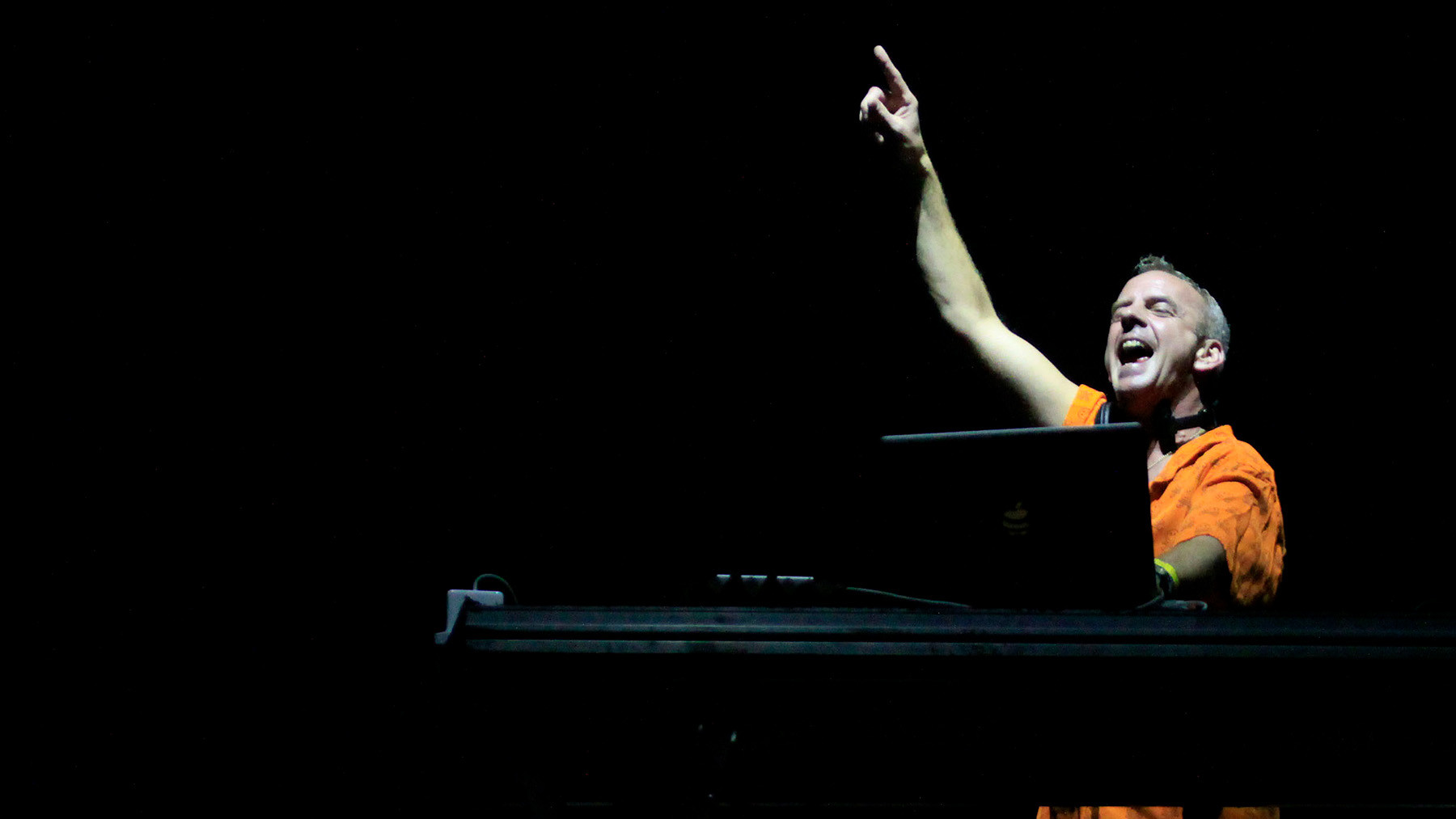 Fatboy Slim concert performance at Pop Music Festival in Brazil, 2011 Image Credit: AP
Fatboy Slim concert performance at Pop Music Festival in Brazil, 2011 Image Credit: AP
Norman Cook, the mastermind behind Fatboy Slim, humorously recalled the debut of his massive hit, “The Rockafeller Skank.” Played at his Brighton club, The Boutique, the track instantly captivated the audience with its infectious energy. Cook’s signature blend of breakbeats and guitar riffs reached peak form in “Skank.” Fueled by a surf-rock guitar sample and the iconic Lord Finesse vocal sample (“Right about now, the funk soul brother/Check it out now, the funk soul brother”), the song became ubiquitous. Despite the “Frat-Boy Slim” jokes, “Rockafeller Skank” solidified itself as an anthem for a generation seeking unadulterated, beer-fueled fun.
Mescalinum United, ‘We Have Arrived’ (1991)
Techno’s harder, faster cousin, “gabber,” a Dutch term for “buddy,” found its most fervent following in the Netherlands. However, gabber’s pioneering figure is Marc Acardipane, known by approximately 90 aliases. His initial strike, “We Have Arrived,” released under the name Mescalinum United, remains a powerful force. Built upon thunderous drums and piercing air-raid siren sounds, this track became the foundation of the gabber sound. In Brooklyn raves, where DJ Lenny Dee championed the track (releasing it in the US), crowds would enthusiastically mosh to its relentless intensity.
Oliver Heldens, ‘Melody’ (2016)
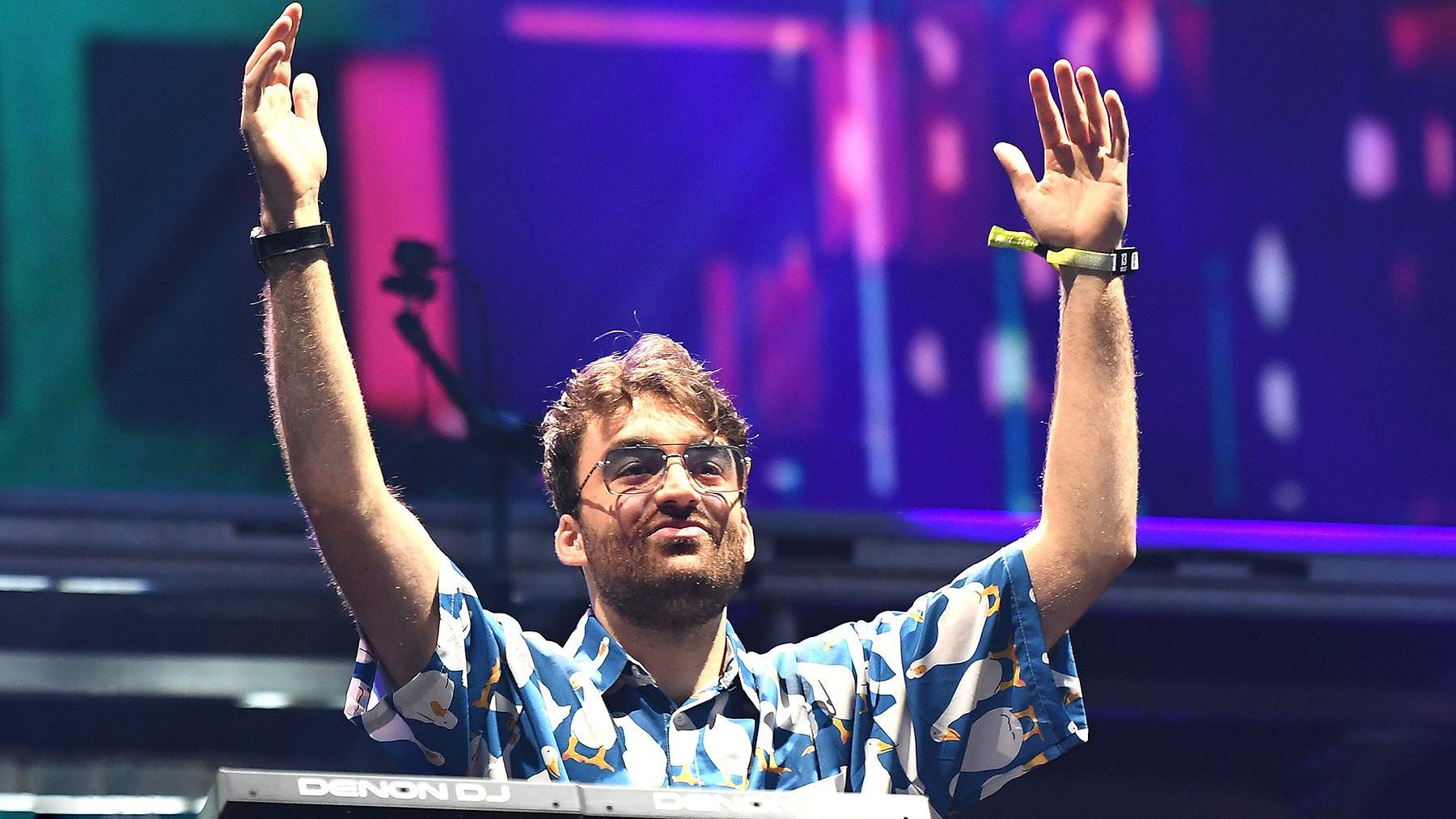 Oliver Heldens studio portrait Image Credit: Oliver Heldens official promotional image
Oliver Heldens studio portrait Image Credit: Oliver Heldens official promotional image
By the mid-2010s, a fatigue had set in among even the biggest festival DJs regarding the predictable build-and-drop formula dominating dance music. Oliver Heldens’ “Melody” marked a significant shift. Released when the Dutch producer was only 18, “Melody” showcased a refined dance music classicism with its sweeping string arrangements and uplifting piano melodies, all while maintaining a powerful bassline. It signaled a move towards more nuanced and sophisticated sounds within mainstream dance music.
Kerri Chandler, ‘Rain’ (1998)
New Jersey house producer Kerri Chandler’s deeply soulful and resonant tracks have made him a touchstone for countless DJs and producers. Chandler, who considers himself more of a “vocalist” than a singer, pours his life experiences into his music. “Rain” exemplifies this, with Chandler’s heartfelt plea, punctuated by the recurring word “rain,” conveying a complex emotion that teeters on the edge of sadness but ultimately exudes a playful, teasing quality. The track’s xylophone solo further enhances its distinctive and memorable character.
Detroit Grand Pubahs, ‘Sandwiches’ (2000)
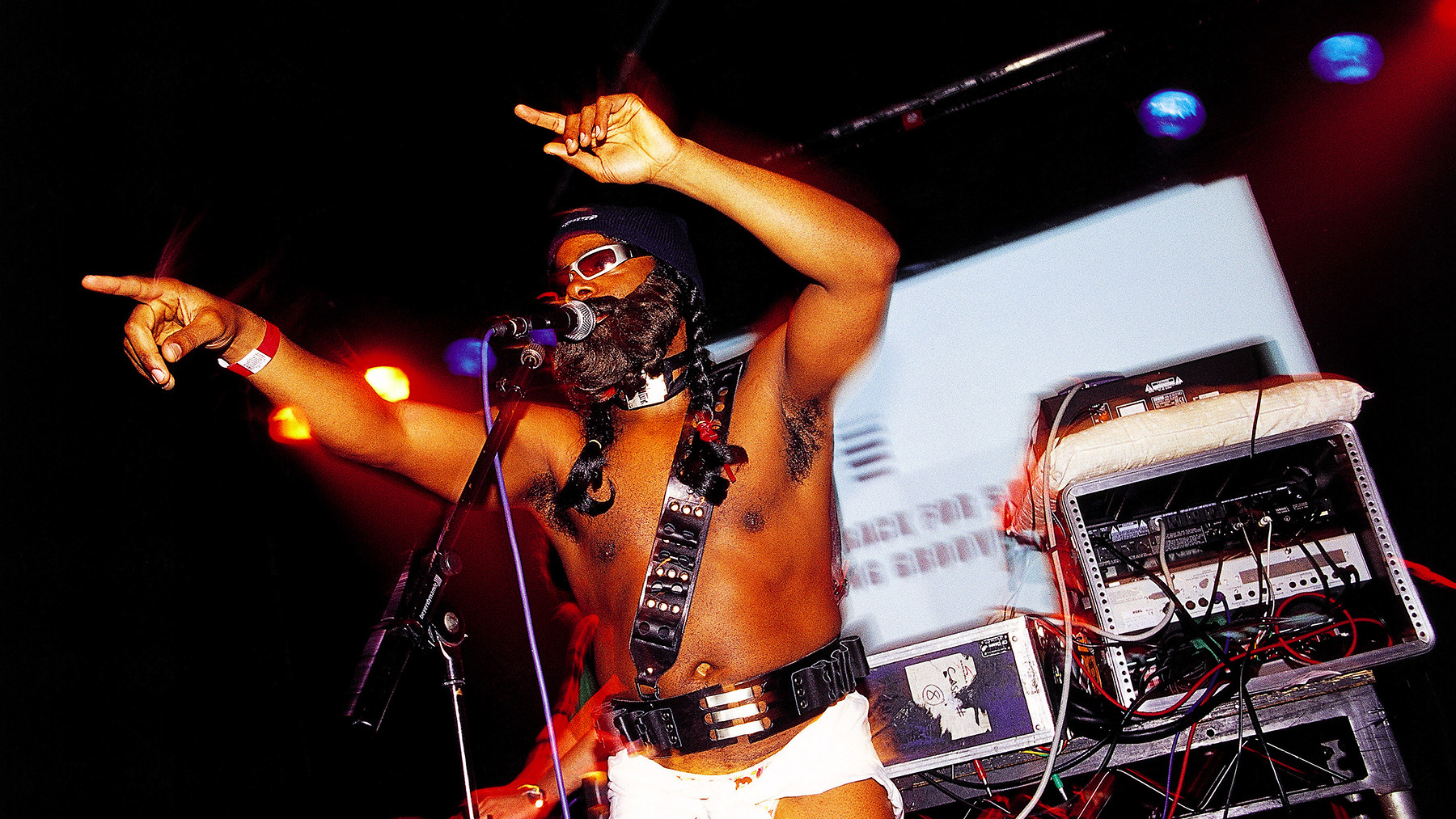 Detroit Grand Pubahs performing live in London, 2002 Image Credit: Jim Dyson/Getty Images
Detroit Grand Pubahs performing live in London, 2002 Image Credit: Jim Dyson/Getty Images
Andy Toth and Mack Goudy, known as Dr. Toefinger and Paris the Black Fu respectively, the duo behind Detroit Grand Pubahs, met while working in a Michigan restaurant. Their shared appreciation for whiskey and music sparked a creative partnership. One evening, Toth crafted a vibrant electro track, and Paris spontaneously grabbed the microphone. Within moments, Paris improvised lyrics about a risqué dance floor encounter, resulting in “Sandwiches.” This track became a defining moment of Detroit’s electro revival at the turn of the millennium and an instant global club sensation, known for its humorous and provocative nature.
Black Box, ‘Everybody Everybody’ (1990)
Sometimes, iconic records emerge from ethically murky origins. “Everybody Everybody” is such a case. Martha Wash of the Weather Girls was hired to record demos for Italian house producers Groove Groove Melody. She was led to believe her vocals were for demonstration purposes, intended for other singers. Instead, the tracks were released under the name Black Box, featuring Wash’s uncredited vocals. Adding insult to injury, a model was hired to lip-sync Wash’s vocals in music videos. Wash took legal action and won. Daniele Davoli of Black Box later expressed remorse, acknowledging their naivete and learning from their mistakes. Despite the controversy, the song’s infectious energy remains undeniable.
Big Freedia, ‘Azz Everywhere’ (2010)
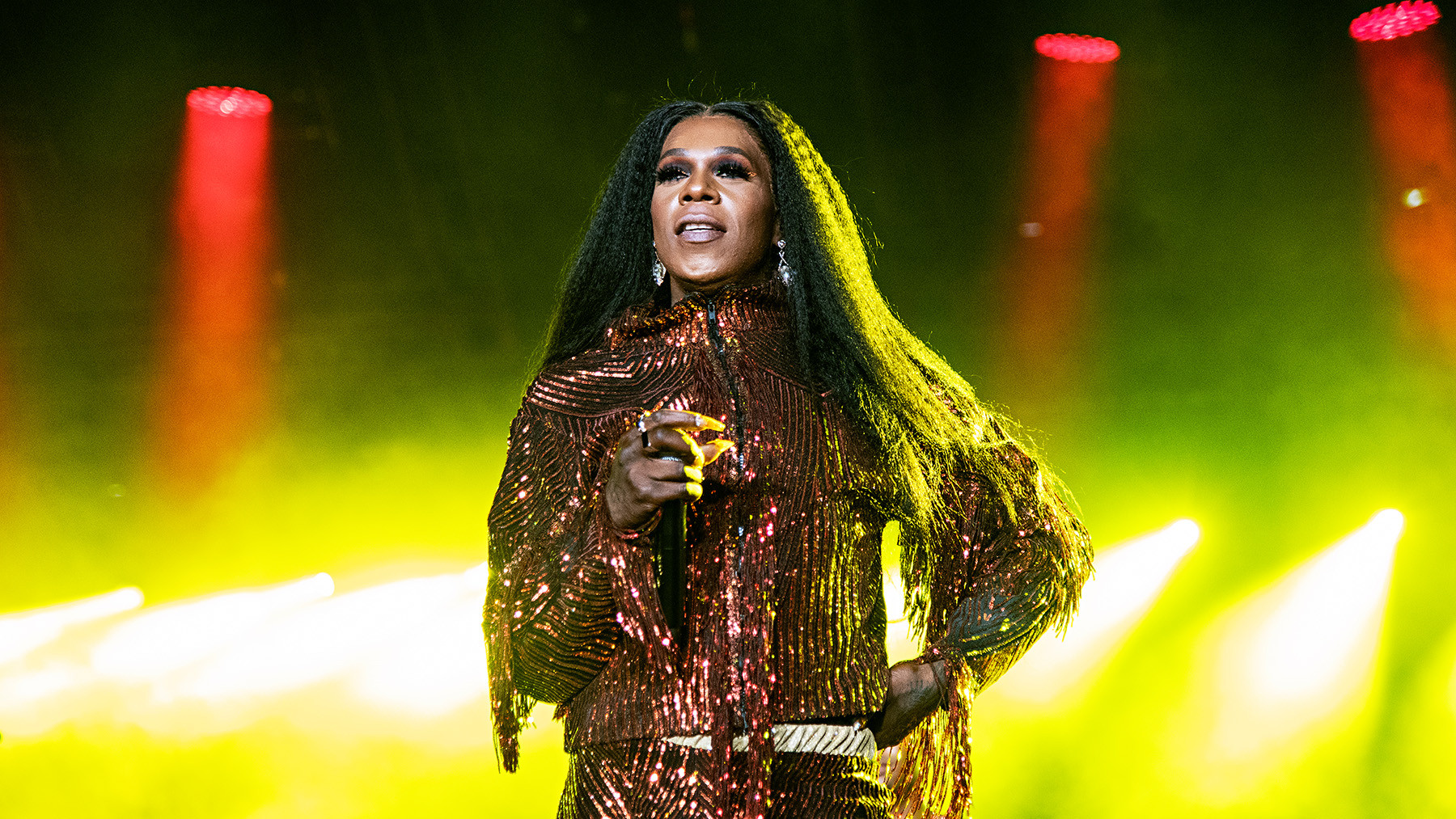 Big Freedia performing at Essence Festival, New Orleans, 2019 Image Credit: Amy Harris/Invision/AP
Big Freedia performing at Essence Festival, New Orleans, 2019 Image Credit: Amy Harris/Invision/AP
Big Freedia, a champion of New Orleans bounce music, has tirelessly promoted this high-energy sound worldwide. Bounce, a fast-paced, bass-heavy, call-and-response style, is intrinsically linked to twerking. “Azz Everywhere” became the breakout track that propelled bounce into wider recognition. A whirlwind of snares, samples, and the chanted title phrase, it’s a pure burst of energy. Big Freedia emphasizes the cultural significance of bounce, holding educational classes to explain its history and its undeniable connection to “azz shaking.”
Joy Orbison, ‘Hyph Mngo’ (2009)
In the late 2000s, dubstep was undergoing a period of experimentation and creative expansion. Joy Orbison’s debut track, “Hyph Mngo,” became the defining dubstep anthem of 2009, capturing this era perfectly. While the bassline and synth textures are smooth and flowing, the track’s signature ricocheting snare and fragmented vocal samples – a woman’s voice uttering “Ooh!” and “I do” – inject a surprisingly emotional depth, contributing to its crossover appeal and wider mainstream acceptance.
ESG, ‘Moody’ (1981)
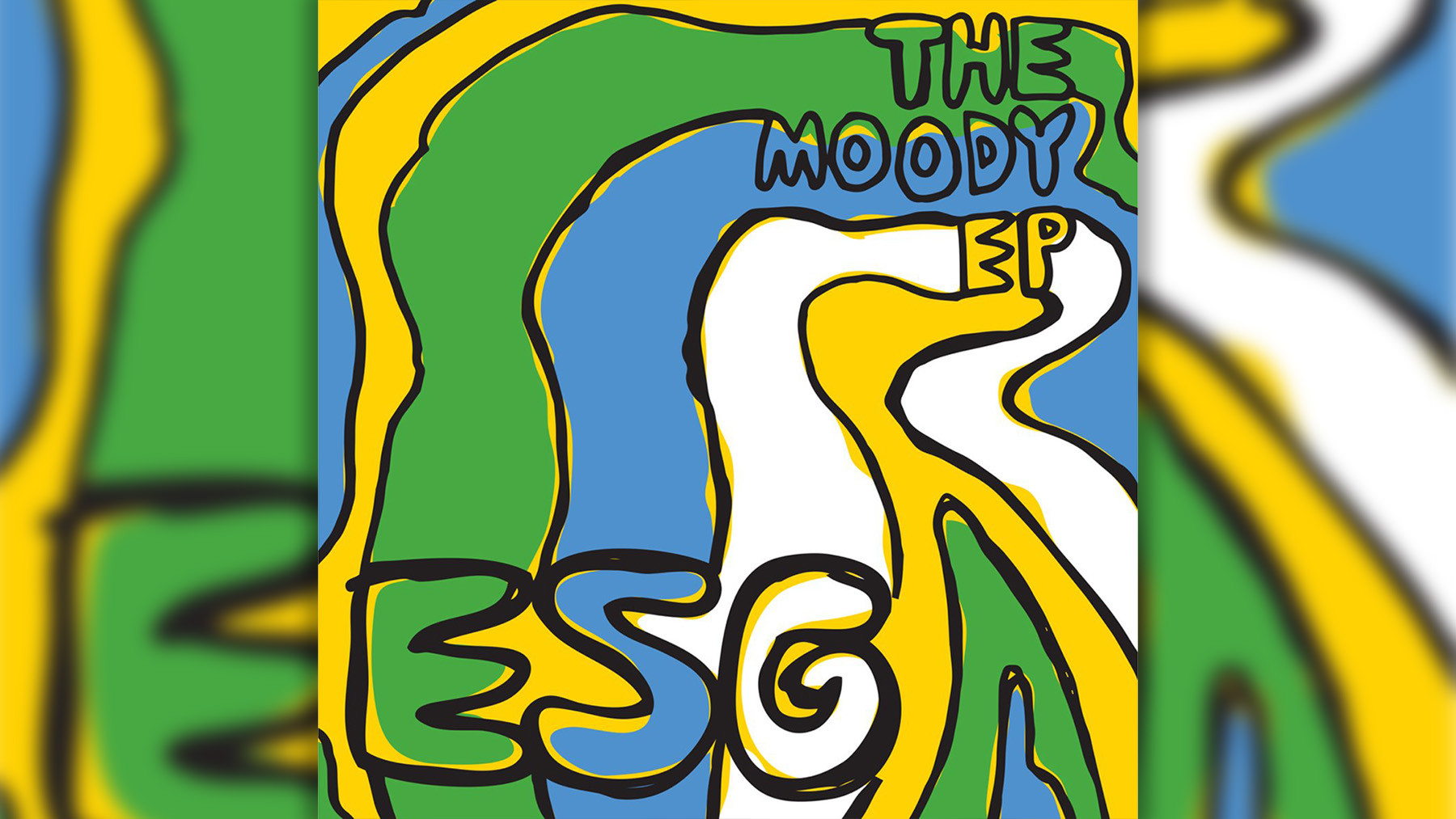 ESG performing live, Moody track cover Image Credit: ESG Moody album art
ESG performing live, Moody track cover Image Credit: ESG Moody album art
The Scroggins sisters, hailing from the South Bronx, left an enduring mark on New York dance music as ESG in the late 1970s. Their sound, rooted in funk and disco, yet stripped down and percussion-focused, resonated within post-punk and no-wave circles. Their debut EP, produced by Joy Division’s Martin Hannett, solidified their unique sound. “Moody,” the EP’s centerpiece, remains futuristic. Its minimalist groove, built on a slinking bassline, bongo rhythms, and Renee Scroggins’ ethereal vocals, creates an atmosphere of cool detachment and urban grit.
La Roux, ‘In for the Kill (Skream’s Let’s Get Ravey Remix)’ (2009)
Artists often have mixed feelings about remixes of their work. However, La Roux’s Elly Jackson lauded Skream’s remix of “In for the Kill,” claiming it not only captured the essence of her synth-pop single but amplified its original intent. Skream’s reinterpretation discards the original’s bouncy beat and Kanye West’s guest verse, building immense tension with flattened synths before unleashing a torrent of drum-and-bass breaks. Jackson admitted Skream’s version embodied the sonic bravery they had envisioned but didn’t fully realize in the original pop iteration.
Double 99, ‘RIP Groove’ (1997)
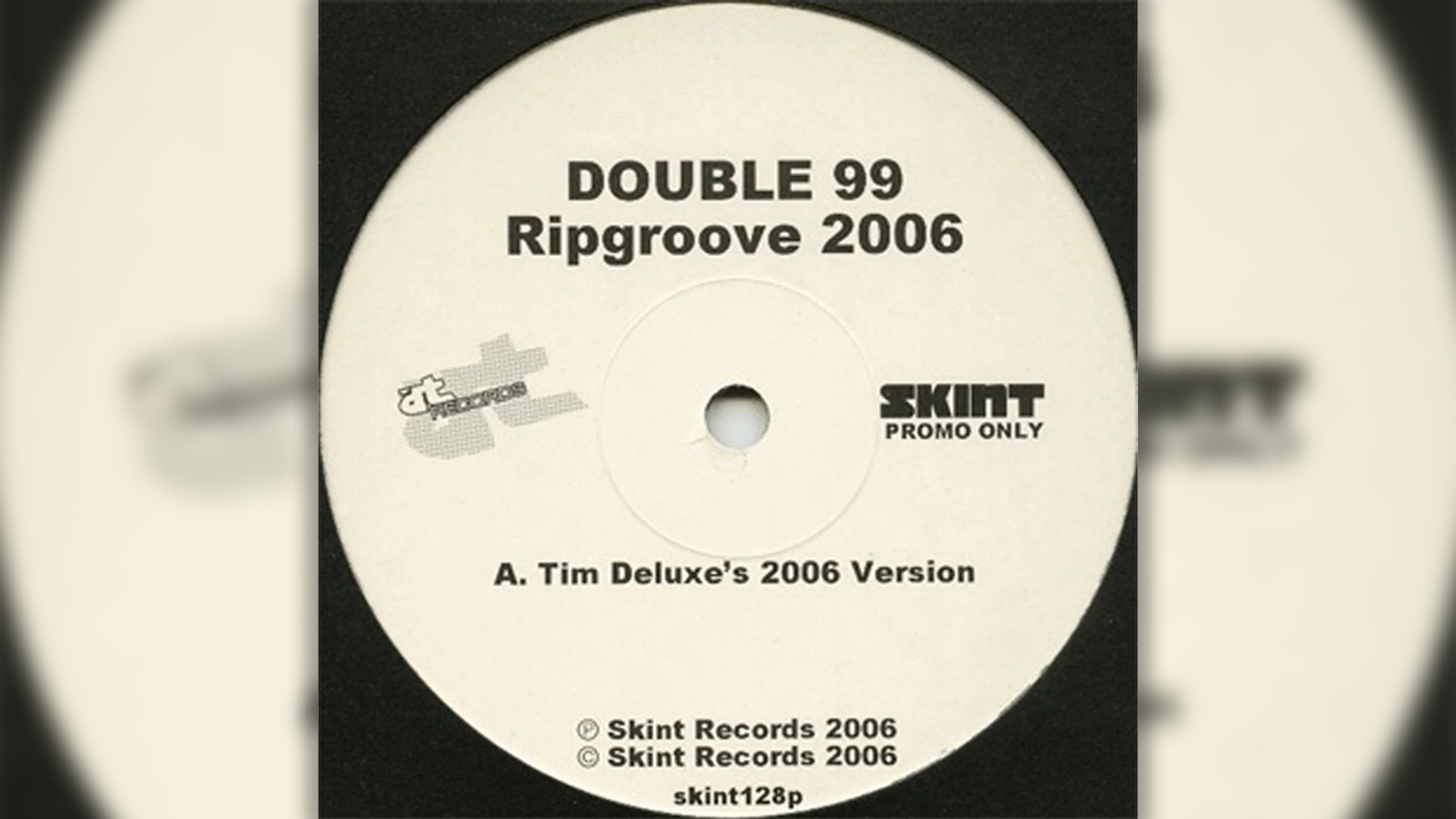 Double 99 promotional image Image Credit: Double 99 official artwork
Double 99 promotional image Image Credit: Double 99 official artwork
London producers Tim Deluxe and DJ Omar, initially known as RIP, rebranded as Double 99 to commemorate a “double-pack vinyl EP,” as Omar explained. Due to production delays, they conceived track titles and artwork before the music was even finished. “RIP Groove,” a tribute to their previous moniker, cleverly sampled Armand Van Helden’s remix of CJ Bolland’s “Sugar Is Sweeter,” along with elements of Kenny Dope and Tina Moore. Created in just three hours, it became a defining track of 1997, catapulting UK garage (then called “speed garage”) into the mainstream charts and heralding a fresh sound.
Snap!, ‘The Power’ (1990)
“The Power” embodies a classic dance music archetype: German producers sampling American artists to create a global hit. Snap!, a German production duo, sampled rapper Chill Rob G and vocalist Jocelyn Brown. The track was picked up by Arista Records and rerecorded with Turbo B, an American G.I. stationed in Germany, as the vocalist. Chill Rob G also rerecorded his own version as Power Jam feat. Chill Rob G. Both versions became club hits, but Snap!’s “The Power” had a broader impact, establishing a new Europop blueprint of rap verses, sung choruses, and back-to-rap structures, as Michael Muenzing of Snap! noted.
DJ Frosty feat. Fatman Scoop, DJ Webstar, Young B. & Smooth, ‘Ride That Wave (Remix)’ (2010)
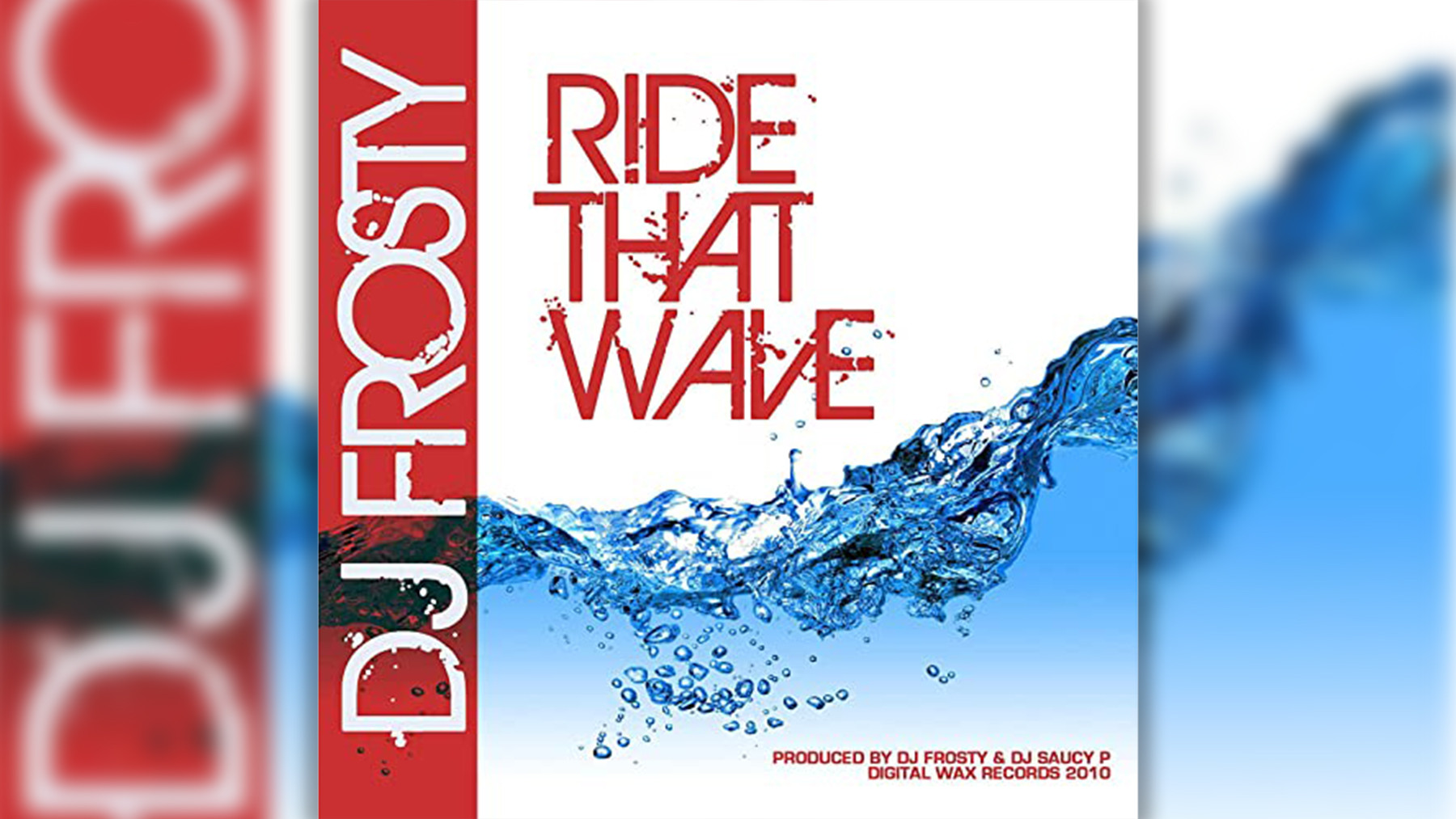 DJ Frosty promotional image Image Credit: DJ Frosty official artwork
DJ Frosty promotional image Image Credit: DJ Frosty official artwork
Jersey club, originating in Newark, New Jersey (initially “Brick City club”), is characterized by its energetic, syncopated rhythms, clipped vocal samples, and a visceral yet non-violent feel, reminiscent of hip-house in a blender. DJ Frosty’s “Ride That Wave” perfectly embodies this sound. This chant-along track emerged as Jersey club was gaining international recognition, influencing EDM producers globally and eventually permeating mainstream music, even reaching Drake’s Honestly, Nevermind. The remix features Fatman Scoop, known for his influential hip-hop cut-up 12-inches on AV8 Records, a favorite of DJs like Armand Van Helden and Fatboy Slim.
Todd Terje, “Inspector Norse” (2012)
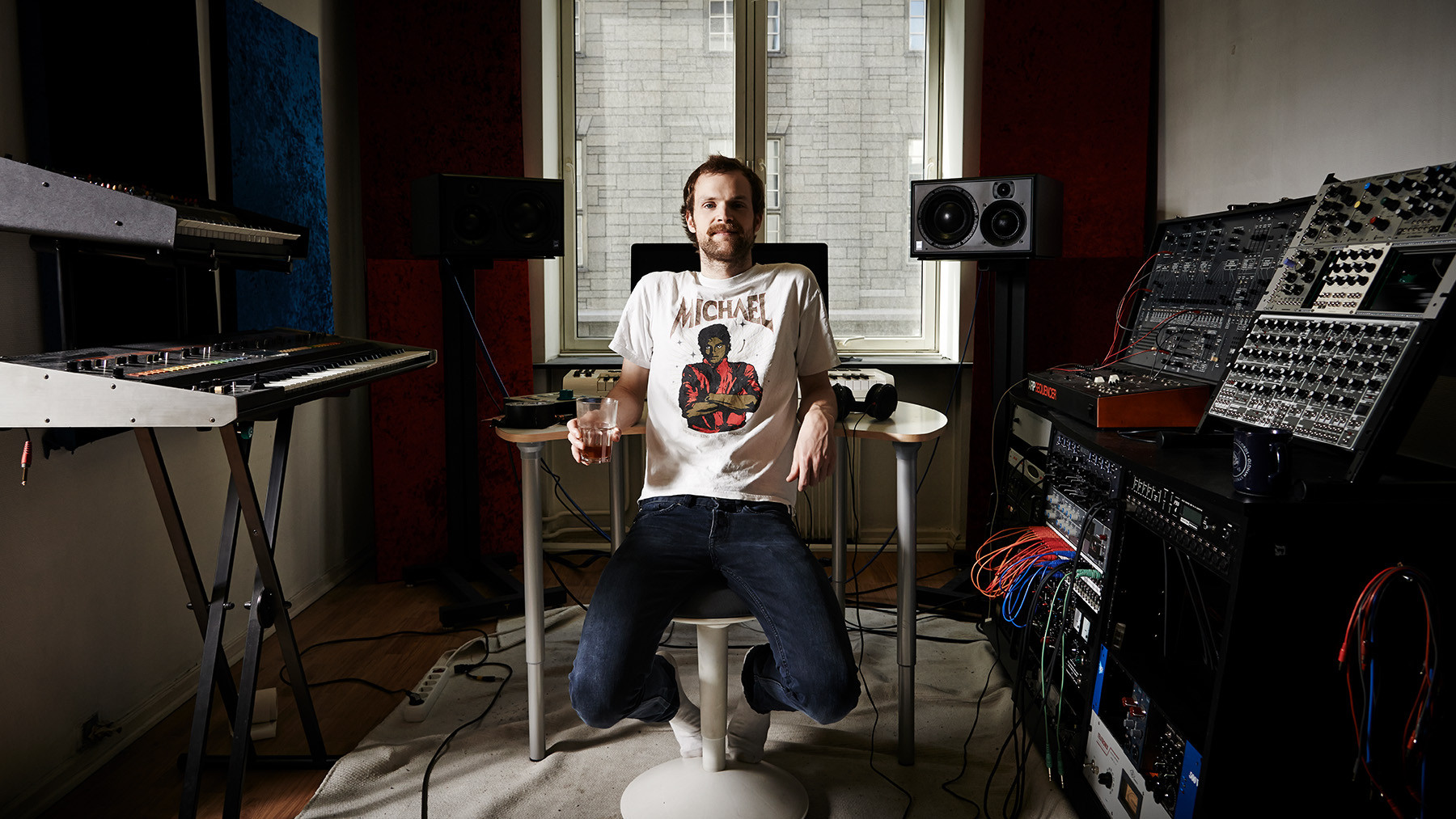 Todd Terje performing live Image Credit: Future via Getty Images
Todd Terje performing live Image Credit: Future via Getty Images
Norwegian nu-disco producer Todd Terje created “Inspector Norse” using only a vintage ARP synthesizer for his It’s the Arps EP. He didn’t anticipate the track’s widespread appeal. While he expected DJs to appreciate its danceable beat, he was surprised by audiences singing along to its distinctive melodies. The track’s quirky, infectious tune proved irresistible, significantly boosting Terje’s DJ career and solidifying its place as a modern disco classic.
The Rapture, ‘House of Jealous Lovers’ (2002)
 The Rapture performing live in New York City, 2002 Image Credit: David Corio/Redferns
The Rapture performing live in New York City, 2002 Image Credit: David Corio/Redferns
James Murphy of DFA Records, co-producer of “House of Jealous Lovers,” emphasized the track’s initially rebellious nature, aiming to create a rock song that could rival dance music. The Rapture’s debut single combined edgy Gang of Four-esque guitar riffs, manic shout-along vocals, and a powerful beat engineered to appeal to dance DJs. It succeeded, becoming the pinnacle of the early 2000s “dance-punk” movement. Suddenly, New York’s indie scene was infused with sounds reminiscent of 1979 Manchester and Leeds, and indie bars embraced DJ booths and turntables.
TNGHT, ‘Higher Ground’ (2012)
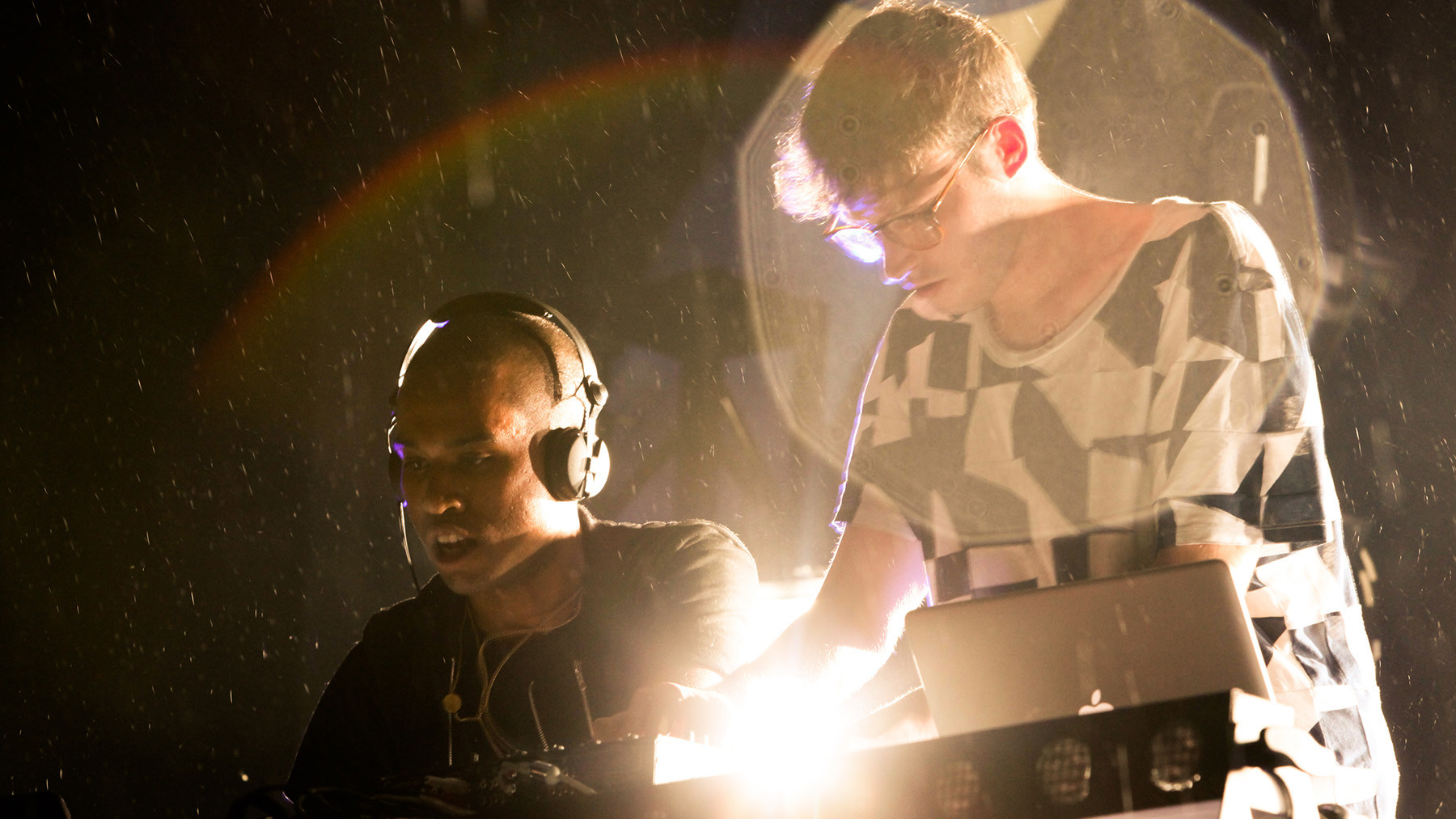 TNGHT performing live Image Credit: Getty Images
TNGHT performing live Image Credit: Getty Images
Hudson Mohawke described TNGHT’s 2012 EP, a collaboration with Lunice, as their “take on big American rap beats, with a little bit of cheekiness.” The five-track EP propelled both artists to the forefront of EDM with its playful, club-focused trap sound. “Higher Ground,” a track with a majestic, almost regal stomp, is both expansive and intricately detailed. Within a year, Kanye West enlisted TNGHT to produce “Blood on the Leaves” for his Yeezus album, highlighting their significant influence.
Roni Size and Reprazent, ‘Brown Paper Bag’ (1997)
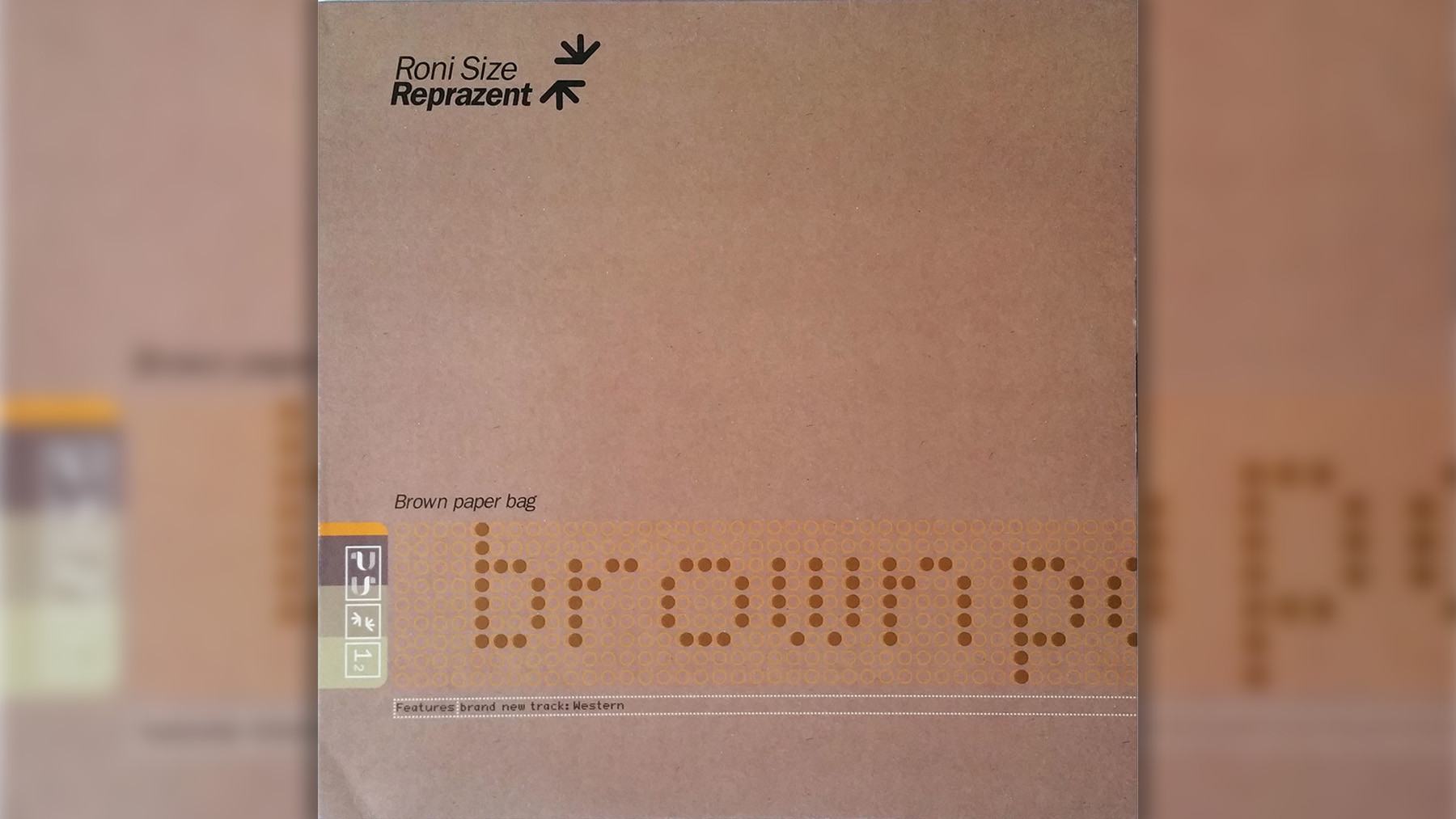 Roni Size Reprazent Brown Paper Bag album art Image Credit: Roni Size Reprazent official artwork
Roni Size Reprazent Brown Paper Bag album art Image Credit: Roni Size Reprazent official artwork
In the late 1990s, drum and bass was becoming increasingly fragmented and distancing itself from its dancehall and hip-hop origins. Bristol-based Roni Size and Reprazent managed to create drum and bass that was both innovative and rooted in its Black musical heritage. They fused frenetic beats with warm, organic jazz-funk elements. “Brown Paper Bag,” the standout track from their 1997 album New Forms, with its prominent double bass, divided listeners. Size noted in 2018 that some embraced its jazz influences and unique sound, attracting a broader audience.
Soul II Soul, ‘Back to Life (However Do You Want Me)’ (1989)
Led by DJ-producer Jazzie B and, for their first two albums, co-producer Nellee Hooper, Soul II Soul began as a London sound system specializing in reggae and soul. When they started recording in the late 1980s, their smooth grooves seamlessly blended these genres. Initially, their tracks were intended solely for their own Soul II Soul parties. Jazzie B stated they weren’t focused on external trends. However, their music resonated widely – “Back to Life” topped the Billboard R&B chart and reached the Top Five on the Hot 100, marking a significant crossover success.
Felix da Housecat, ‘Silver Screen Shower Scene’ (2001)
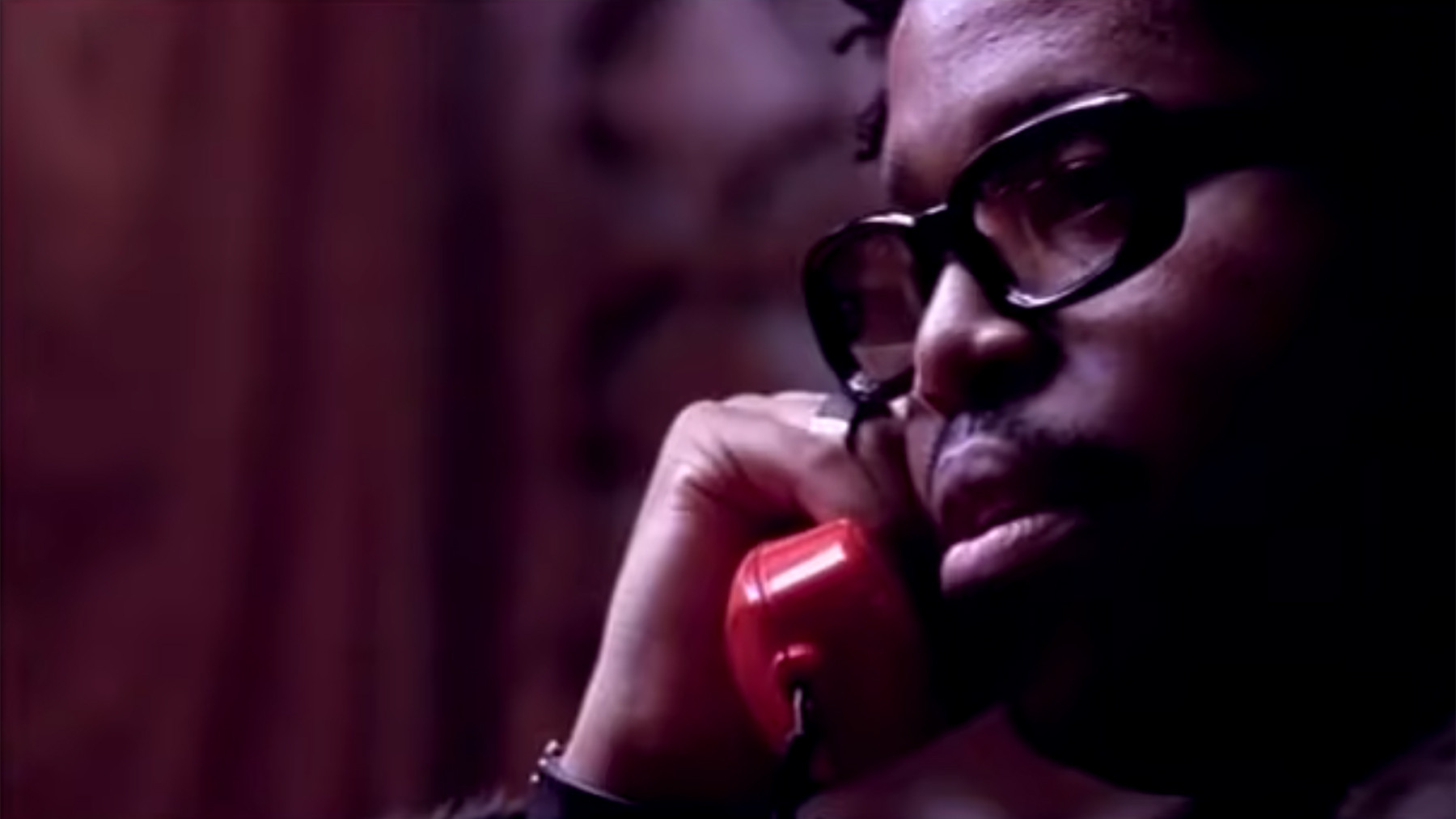 Felix Da Housecat performing live Image Credit: Felix Da Housecat promotional image
Felix Da Housecat performing live Image Credit: Felix Da Housecat promotional image
Felix Stallings Jr., aka Felix da Housecat, is a Chicago house music veteran. He co-created the acid house classic “Fantasy Girl” with DJ Pierre in 1987 as Pierre’s Pfantasy Club while still in high school. His career achieved global reach with the 2000 album Kittenz and Thee Glitz. This project involved international collaborators, including Junior Sanchez, Tommie Sunshine, and vocalists Miss Kittin and Melistar, exploring themes of celebrity and artifice. “Silver Screen Shower Scene” became an instant anthem. Its lyrics and music, both satirical and stylish, seemed to define the electroclash era. Jacques Lu Cont’s “Thin White Duke Remix” further amplified its popularity among DJs.
Dntel feat. Ben Gibbard, “(This Is) The Dream of Evan and Chan (Superpitcher Kompakt Remix)” (2001)
In 2000, Ben Gibbard, Death Cab for Cutie’s frontman, had a peculiar dream involving Evan Dando of The Lemonheads and Chan Marshall (Cat Power). He described it as a bizarre, G-rated dream where familiar elements were distorted. He transformed it into a song, collaborating with Dntel (Jimmy Tamborello) before their Postal Service project. Dntel set Gibbard’s vocals to skittering beats and electronic textures. However, Superpitcher’s remix, from the influential German label Kompakt, elevated the track to a dreamlike state with hazy synth layers and echoing bell sounds, perfectly capturing the song’s lyrical essence.
Patrick Cowley feat. Sylvester, ‘Do Ya Wanna Funk?’ (1982)
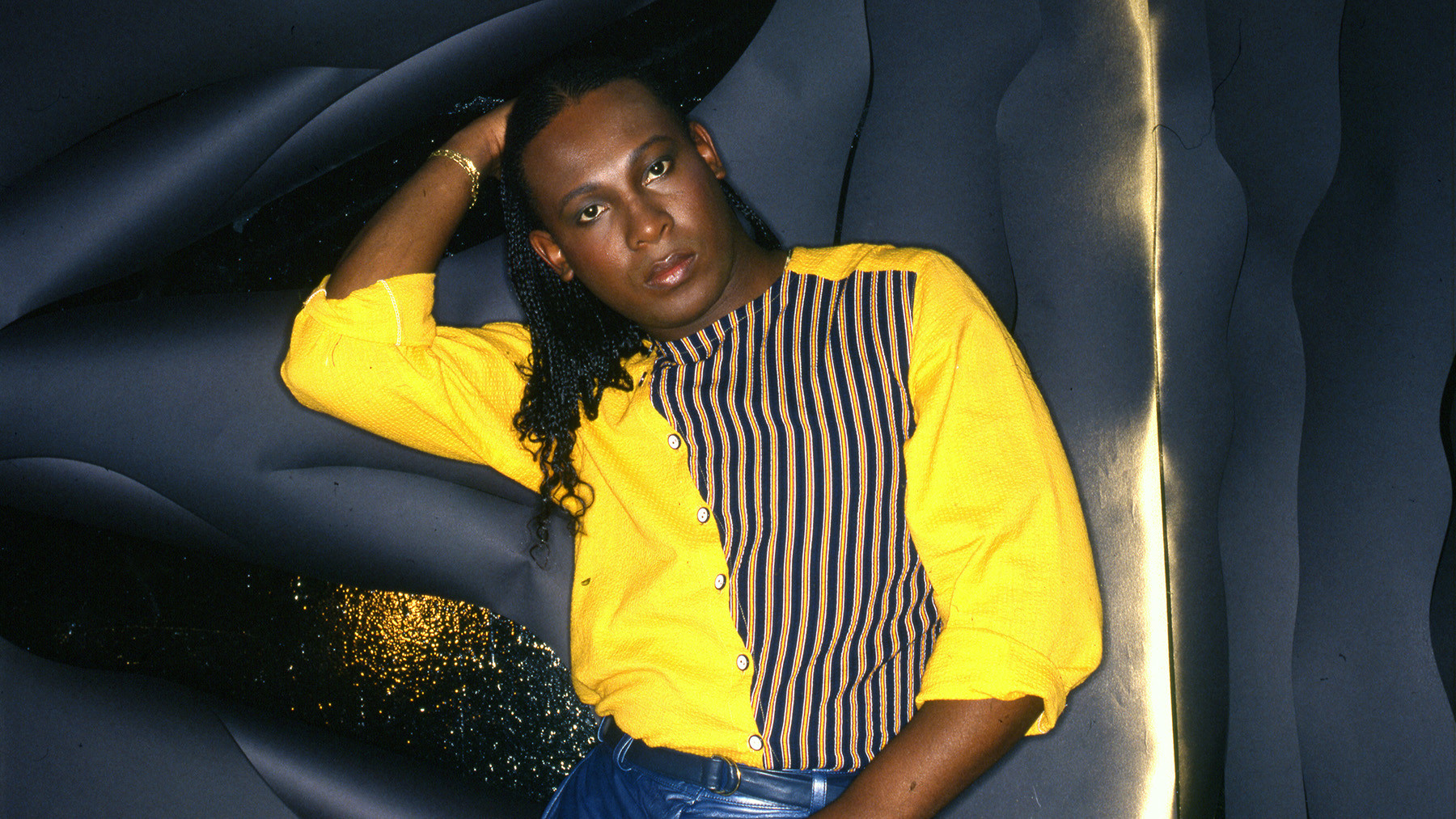 Portrait of Sylvester James, circa 1980 Image Credit: Anthony Barboza/Getty Images
Portrait of Sylvester James, circa 1980 Image Credit: Anthony Barboza/Getty Images
Patrick Cowley, a synth innovator, became a key figure in Hi-NRG, a defining sound of gay clubs. His collaborations with Sylvester and his extended, groundbreaking remix of Donna Summer’s “I Feel Love” cemented his influence. Tragically, Cowley fell ill in November 1981 and passed away a year later at 32, shortly after “AIDS” was officially recognized. During his final months, Cowley continued to create music, finishing tracks like “Do Ya Wanna Funk?” This track remains a Hi-NRG landmark with its soaring synth riffs and Sylvester’s stratospheric vocals. It also featured in a memorable scene in the film Trading Places.
Funkadelic, ‘One Nation Under a Groove’ (1978)
![]() Funkadelic performing live Image Credit: Redferns
Funkadelic performing live Image Credit: Redferns
“One Nation Under a Groove,” a funk anthem famously driven by a banjo, topped the R&B singles chart for six weeks in 1978. George Clinton strategically assigned the song to Funkadelic, his guitar-heavy rock-funk project, rather than Parliament, his horn-driven R&B group, to imbue it with greater intensity. Clinton explained that while Parliament was powerful, Funkadelic represented the “movement,” the driving force behind the groove.
Evelyn Thomas, ‘High Energy’ (1984)
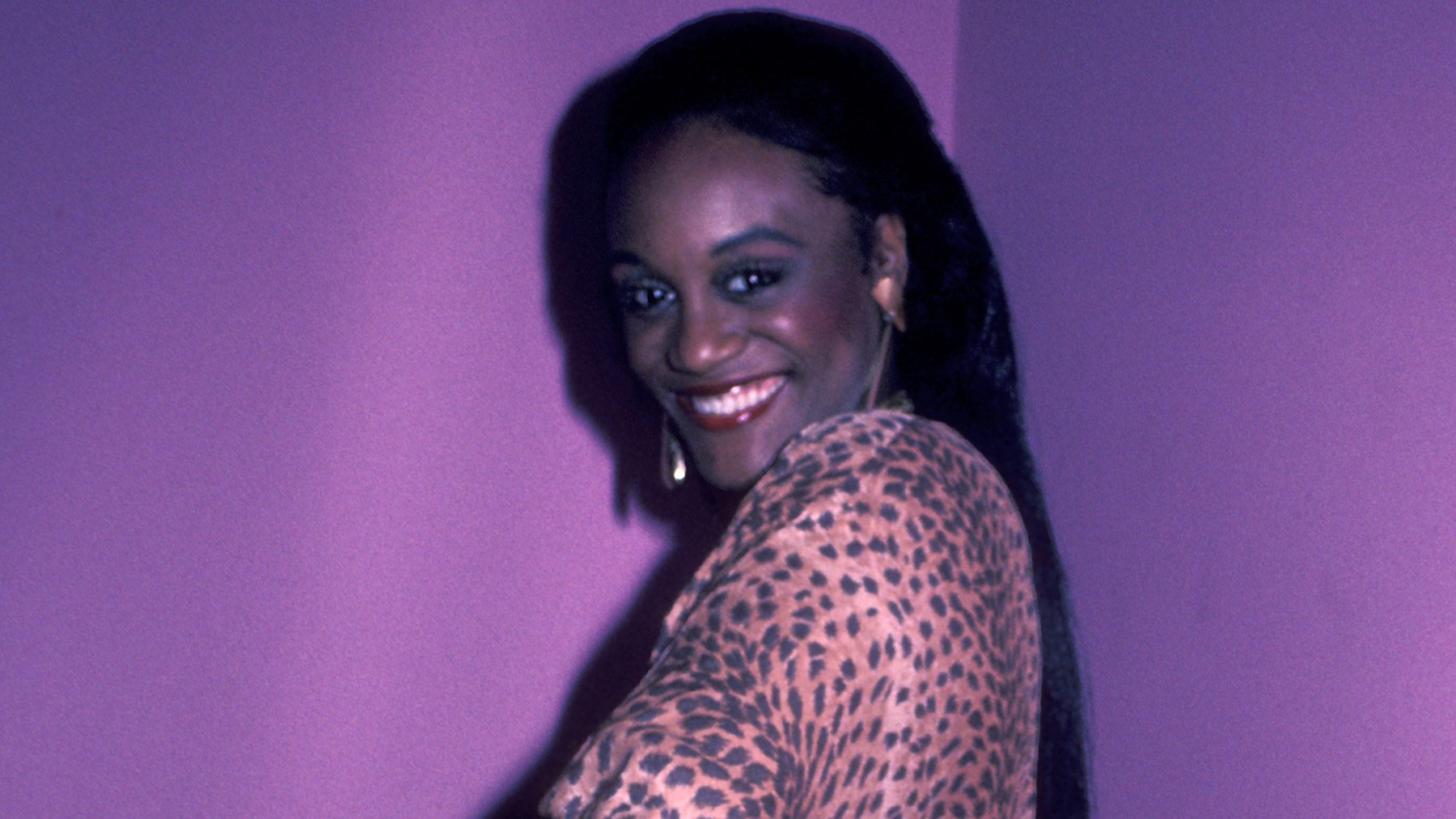 Evelyn Thomas at Limelight Disco, New York City, 1984 Image Credit: Ron Galella Collection via Getty
Evelyn Thomas at Limelight Disco, New York City, 1984 Image Credit: Ron Galella Collection via Getty
“High Energy,” released in 1984, became synonymous with the Hi-NRG genre, a synth-heavy style popular in gay clubs. However, it wasn’t the first of its kind, even for its creators. Chicago singer Evelyn Thomas was signed by Manchester producer Ian Levine to Pye Records in the mid-1970s as a teenager. Levine, a Northern Soul DJ who transitioned to disco, incorporating synthesizers, blended “gay disco and old Motown,” as Smash Hits described, the core ingredients of Hi-NRG. “High Energy,” brash, upbeat, and undeniably catchy, reached the UK Top Five and remains a classic, as demonstrated by The Blessed Madonna (formerly Black Madonna) in her Bunker Podcast.
Daft Punk feat. Pharrell Williams and Nile Rodgers, ‘Get Lucky’ (2013)
When Pharrell Williams met Daft Punk at a Madonna party, he expressed his desire to collaborate, even offering to play tambourine. In Paris, Williams voiced his admiration for Nile Rodgers, and Daft Punk played him a track they had created with Rodgers. Williams recorded his smooth vocals during that session. He remarked that the music was so vibrant it eliminated the need for artificial stimulants, emphasizing its naturally euphoric quality.
Mat Zo and Porter Robinson, ‘Easy’ (2013)
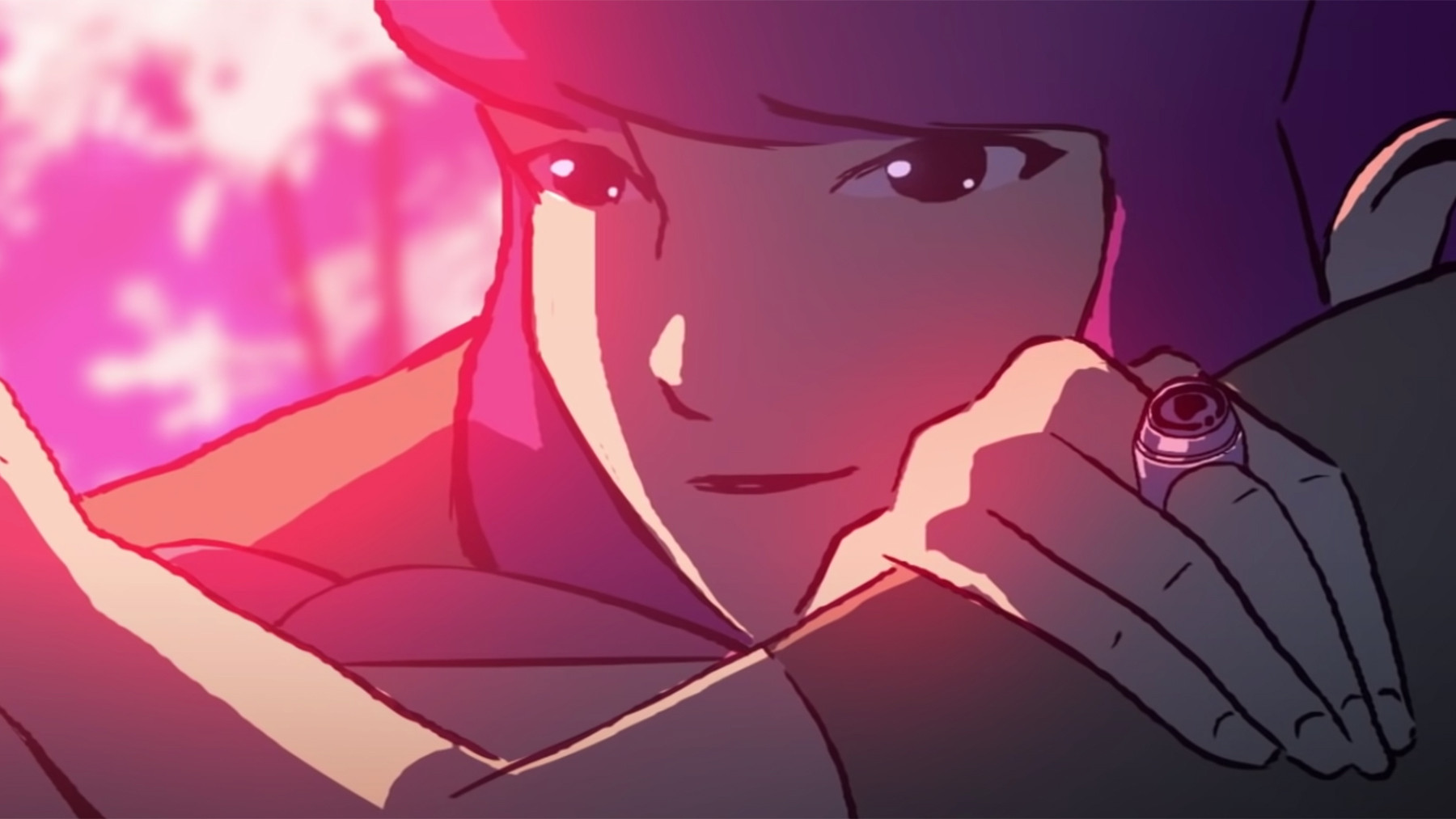 Porter Robinson and Mat Zo – Easy artwork Image Credit: Porter Robinson and Mat Zo official artwork
Porter Robinson and Mat Zo – Easy artwork Image Credit: Porter Robinson and Mat Zo official artwork
Porter Robinson described “Easy,” his collaboration with Mat Zo, as “an homage to Daft Punk’s Discovery.” He explained that it takes the disco chords of early French house and amplifies them with a more trance-influenced energy. The result is a masterful update, both shimmering and classic. The central synth melody evokes both a Theremin and a Moog, and the sampled vocal (from Colourblind’s garage classic “Nothing Better”) has a raw emotional intensity that many stadium EDM tracks lacked.
Justice vs. Simian, “We Are Your Friends” (2006)
In 2003, Parisian musicians Gaspard Augé and Xavier de Rosnay (Justice) entered a remix contest for British rock band Simian’s “Never Be Alone.” Limited by their equipment – a sampler, sequencer, and synthesizer without music software – they only downloaded the chorus vocals due to sampler memory constraints. The outcome was a raw, powerful track that bridged electroclash and EDM. Retitled “We Are Your Friends,” it became a hit in 2006, launching Justice’s career and inspiring Simian to transform into the dance act Simian Mobile Disco.
Martin Garrix, ‘Animals’ (2013)
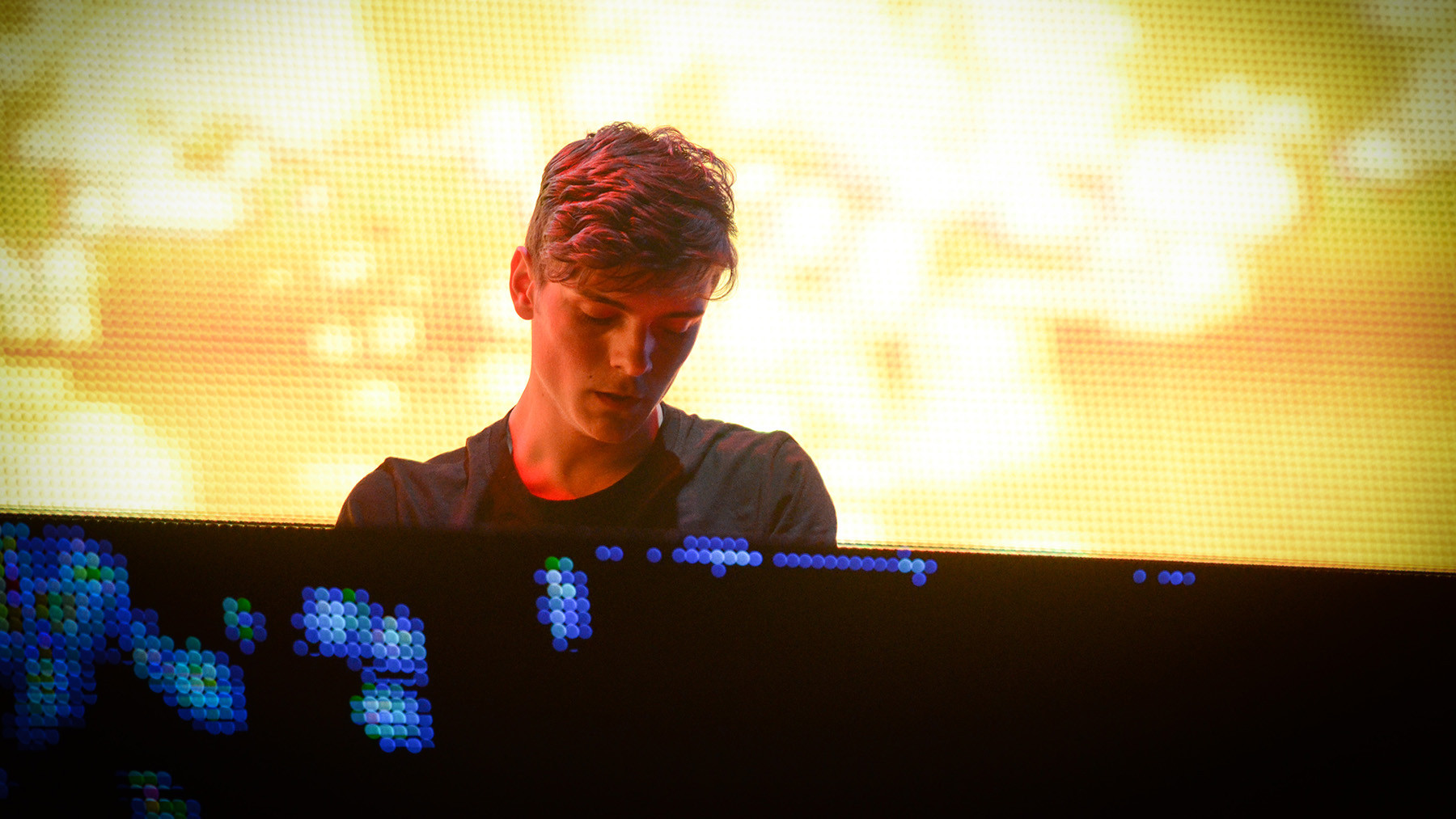 Martin Garrix performing at Coachella, 2014 Image Credit: Scott Roth/Invision/AP
Martin Garrix performing at Coachella, 2014 Image Credit: Scott Roth/Invision/AP
Dance music often favors youth, and the early 2010s EDM boom exemplified this. Martin Garrix’s “Animals,” built around a catchy synth riff that became a chant, was released when the Dutch producer was only 18. It became an instant global sensation. This rapid success led to skepticism. Garrix later addressed industry doubts about his production skills by doing livestreams and production tutorials online to demonstrate his abilities.
Debbie Deb, ‘Lookout Weekend’ (1984)
“As far as I know, I coined the phrase. I hadn’t heard anybody call it freestyle music prior to me coming up with the name of the group Freestyle,” Miami production pioneer Pretty Tony stated in 2015. His light, energetic tracks bridged the gap between KC and the Sunshine Band and 2 Live Crew. “Lookout Weekend,” his second single with Debbie Weshoff Lopez, whom he discovered working at a record store, epitomized freestyle’s upbeat sound. Like its predecessor, “When I Hear Music,” “Weekend” achieved triple platinum status. Tony’s response was to purchase “two Porsches,” signifying his success.
Tate Kobang, ‘Bank Rolls’ (2015)
 Tate Kobang performing live in Austin, 2016 Image Credit: Thomas M Jackson/Redferns
Tate Kobang performing live in Austin, 2016 Image Credit: Thomas M Jackson/Redferns
Tate Kobang’s “Bank Rolls (Remix),” built around a sample of Tim Trees’ Baltimore club track “Bank Roll,” is a contemporary tribute to Baltimore club music and its culture. The then-23-year-old rapper’s remix celebrates Baltimore’s energy and resilience. In his final verse, he pays homage to K-Swift, a legendary Baltimore club DJ who helped popularize the genre before her untimely passing in 2008. Kobang recognized K-Swift as an enduring figure in their culture. “Bank Rolls (Remix),” like K-Swift’s work, introduced Baltimore club music to a wider audience.
Soft Cell, ‘Tainted Love/Where Did Our Love Go?’ (1981)
 Soft Cell performing live Image Credit: Redferns
Soft Cell performing live Image Credit: Redferns
Marc Almond of Soft Cell explained their shared appreciation for Northern soul, 1960s music, and 12-inch singles with bandmate David Ball. They combined these influences into their iconic track. Their synth-pop rendition of Gloria Jones’ R&B song “Tainted Love” was a hit. For the extended version, they seamlessly integrated The Supremes’ “Where Did Our Love Go?” Initially intended as a brief interlude, they included the entire song, creating a nine-minute medley – a quintessential example of New Wave disco – that has captivated dance floors ever since.
The Orb, ‘Little Fluffy Clouds’ (1990)
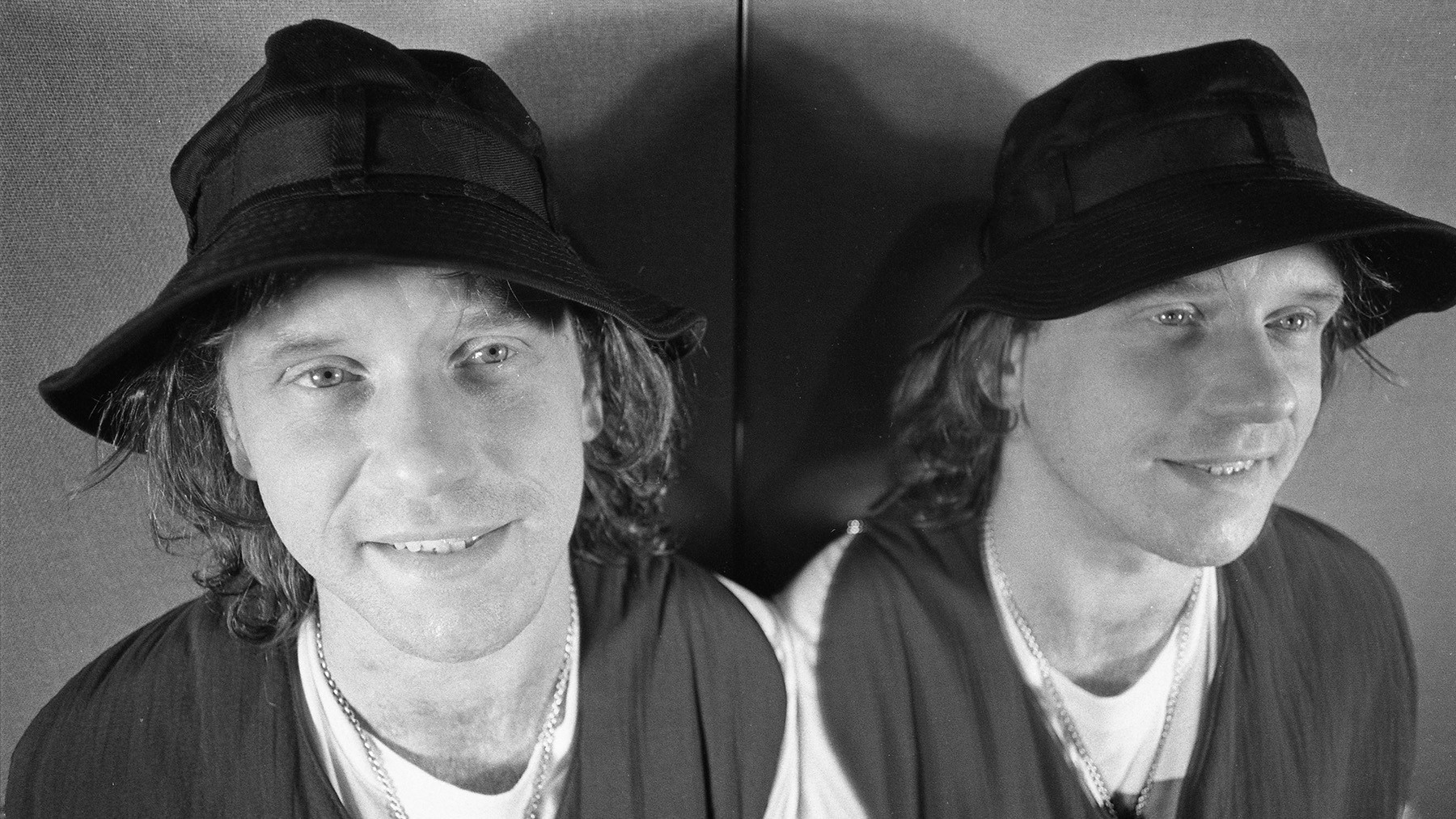 Alex Paterson of The Orb, London, 1991 Image Credit: Martyn Goodacre/Getty Images
Alex Paterson of The Orb, London, 1991 Image Credit: Martyn Goodacre/Getty Images
Alex Paterson of The Orb received a tape from a friend with a suggestion for a new single. Side A contained an interview with Rickie Lee Jones describing Arizona’s starry skies as “purple and yellow and red and on fire.” Side B was Steve Reich’s Electric Counterpoint. Combining them, Paterson created “Little Fluffy Clouds,” a defining track of the acid-house era. Reich reportedly approved of the track, pleased that his music was reaching a wider audience who embraced it.
Polygon Window, ‘Quoth’ (1993)
Richard D. James, known as Aphex Twin, is often associated with more cerebral dance music. However, in the early 1990s, he produced high-energy rave tracks. “Quoth,” released under the Polygon Window alias, is a prime example. A percussion-driven track, it was particularly popular in the American Midwest rave scene, becoming a staple in barn raves.
Skream, ‘Midnight Request Line’ (2005)
 Skream DJing at Fabric Nightclub, London Image Credit: PYMCA/Universal Images Group via Getty
Skream DJing at Fabric Nightclub, London Image Credit: PYMCA/Universal Images Group via Getty
Shortly after releasing his 12-inch “Midnight Request Line,” London dubstep producer Skream discovered its impact while on vacation. Seeing DJ Magazine with “Record of the Month” recognition for his track, he realized its significance. The track, with its wavering synth melody, gliding bass, and heavy claps, propelled Skream and dubstep into the mainstream spotlight.
Paul Johnson, ‘Feel My M.F. Bass’ (1994)
“Ghetto house” was house music’s equivalent to gangsta rap, a raw, sample-based style from 1990s Chicago producers, particularly those on Dance Mania Records. Paul Johnson, a wheelchair-using producer, was a leading figure in the genre, creating unconventional tracks with unique flair. “Feel My M.F. Bass” is a prime example, a forceful track built on a cavernous kick drum, over which Johnson, who passed away from Covid in 2021, playfully taunts, “Feel my motherfuckin’ bass in your face.” The track’s raw energy and playful aggression are hallmarks of ghetto house.
Ten City, ‘That’s the Way Love Is’ (1989)
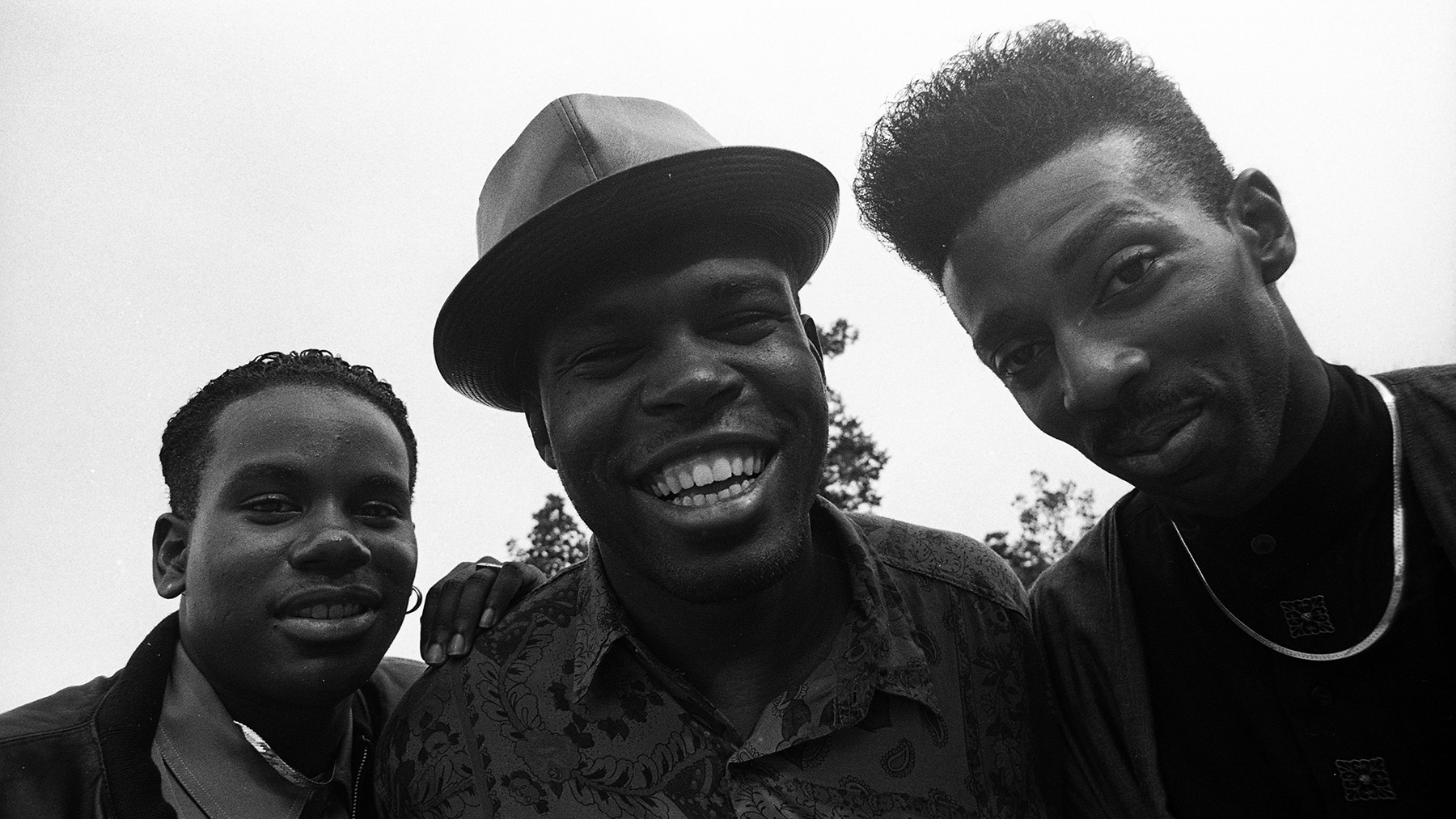 Ten City group portrait, London, 1990 Image Credit: Martyn Goodacre/Getty Images
Ten City group portrait, London, 1990 Image Credit: Martyn Goodacre/Getty Images
Marshall Jefferson, producer of Chicago house vocal trio Ten City, explained their goal was to expand house music by incorporating songwriting while maintaining experimental elements. “That’s the Way Love Is,” Ten City’s third single, epitomized their style: lush love songs with Philly-soul strings, topped by Byron Stingily’s soaring falsetto. It reached the UK Top 10 and topped the Billboard dance chart. Jefferson recounted stories of South Africans viewing the song as a symbol of liberation, highlighting its global impact.
Nitzer Ebb, ‘Join in the Chant’ (1987)
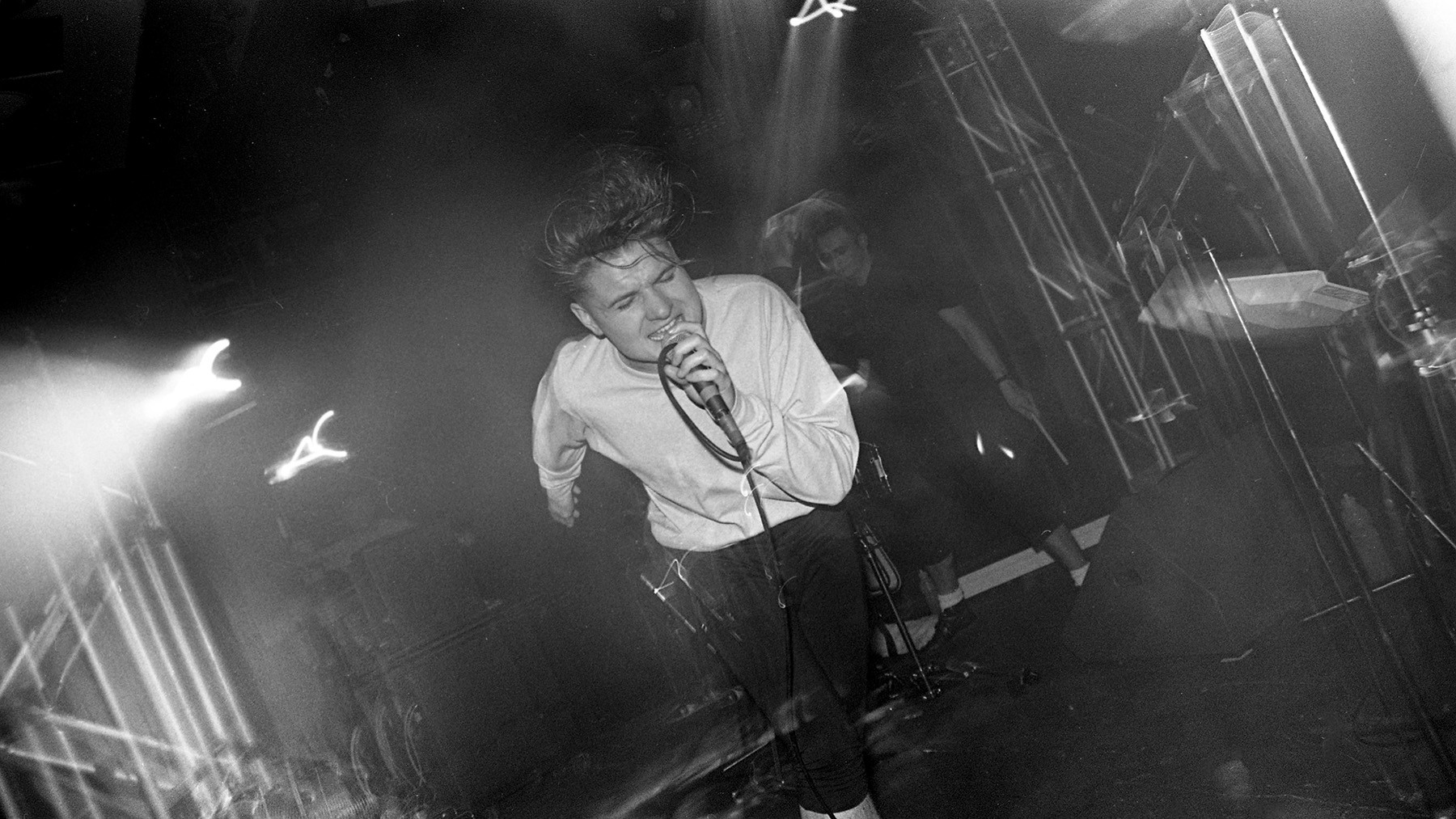 Nitzer Ebb performing live Image Credit: Getty Images
Nitzer Ebb performing live Image Credit: Getty Images
Industrial groove band Nitzer Ebb, from England’s Midlands, had a genuine connection to dance music. Frontman Douglas McCarthy cited disco and funk clubs as influences, embedded in the area’s musical DNA. “Join in the Chant,” Nitzer Ebb’s most anthemic track, became a techno crossover hit, particularly in Detroit, where techno artists like Carl Craig and Jeff Mills had roots in industrial music. Richie Hawtin included “Chant” in his influential 1999 mix CD Decks, EFX & 909, and Andrew Weatherall famously declared listening to it felt “closest to God.”
Bronski Beat, ‘Smalltown Boy’ (1984)
 Soft Cell performing live Image Credit: Redferns
Soft Cell performing live Image Credit: Redferns
Jimi Somerville of Bronski Beat joked that his vocal training consisted of singing along to Donna Summer and Sylvester records. Driven by a desire for a life beyond factory work and societal limitations on his identity as a gay man, he channeled his angst into “Smalltown Boy.” This poignant portrayal of alienation and escape, with its haunting vocal hook (“Run away, run away, run away”) and synth-driven melody, became a gay club anthem, topping the Billboard club chart and reaching the UK Top Three.
LFO, ‘LFO (Leeds Warehouse Mix)’ (1990)
LFO were pioneers of Sheffield’s “bleep” scene, Warp Records’ initial signature sound. While described as “bleep,” Warp’s Steve Beckett emphasized that for the producers, it was “all about the bass.” LFO’s self-titled track, which secured their Warp deal, exemplifies this. Icy synth chords and bleeps set the stage for layers of bass – the bassline moves the body, while the sub-bass can shake buildings.
Drake, ‘Sticky’ (2022)
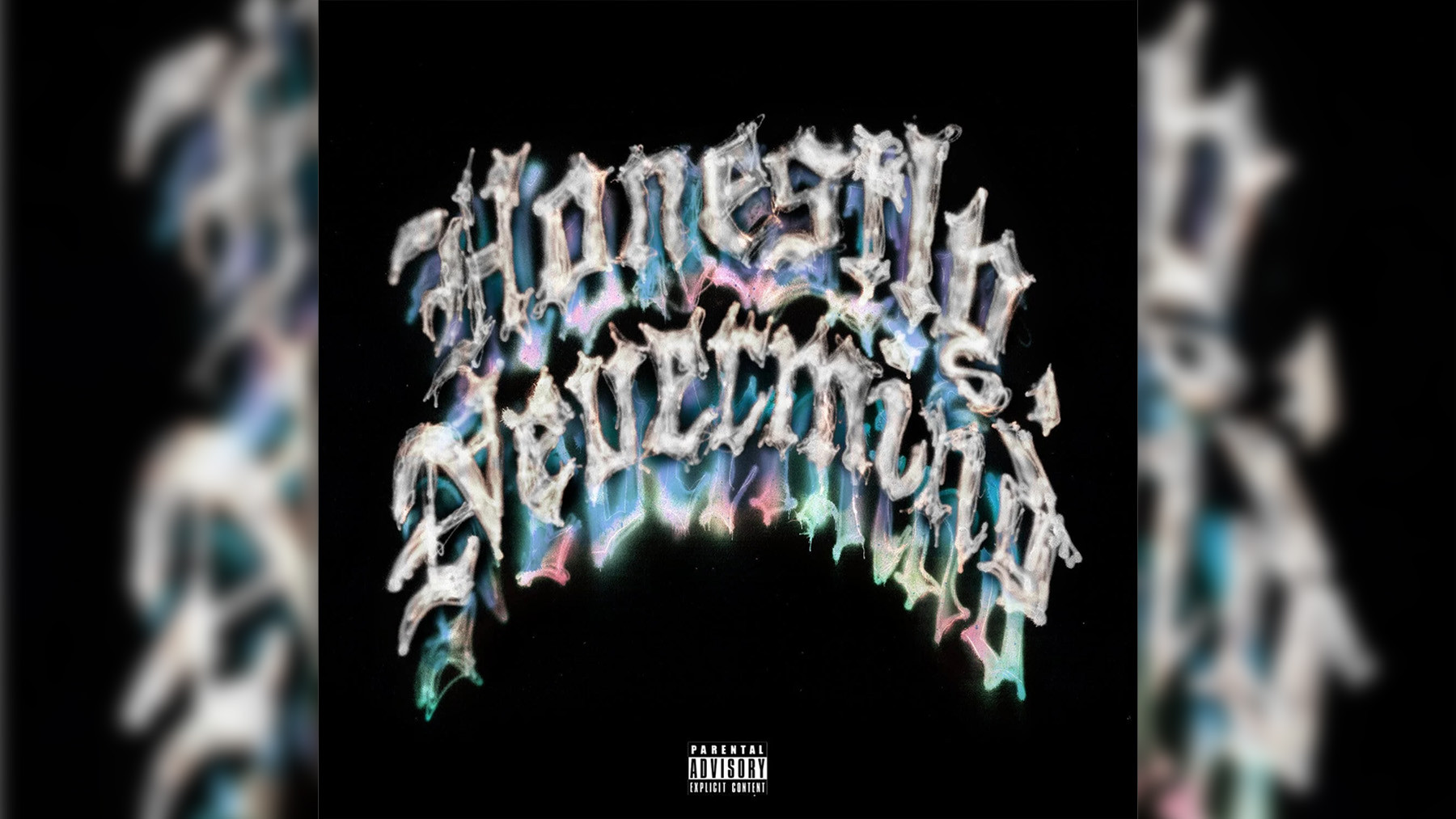 Drake Sticky album art Image Credit: Drake official artwork
Drake Sticky album art Image Credit: Drake official artwork
Drake’s dance music foray, Honestly, Nevermind, as the title implies, feels intentionally low-key, drawing from Jersey and Baltimore club music and deep-house influences. “Sticky,” produced by Gordo and Ry X, is a standout. Drake shifts from the album’s subdued vocals to rapping about personal topics, such as Young Thug’s release from jail and Virgil Abloh’s passing. It’s an example of a major artist exploring a subculture and creating a compelling and unique sound.
Roland Clark, ‘I Get Deep (Shelter Mix)’ (2000)
“The love of house music started when I went to Club Zanzibar in lieu of my prom,” Roland Clark recalled, referring to the Newark, New Jersey, club where Tony Humphries was a resident DJ. “I Get Deep” expresses this profound connection. Over lively beats and a keyboard melody, Clark delivers a spoken-word piece capturing the euphoria of the dance floor – “All the sweat just goes down my face/And I pretend that there’s nobody there but me in this place.” The 12-inch also included the a cappella, later sampled by Fatboy Slim on his album Halfway Between the Gutter and the Stars.
Aly-Us, ‘Follow Me’ (1992)
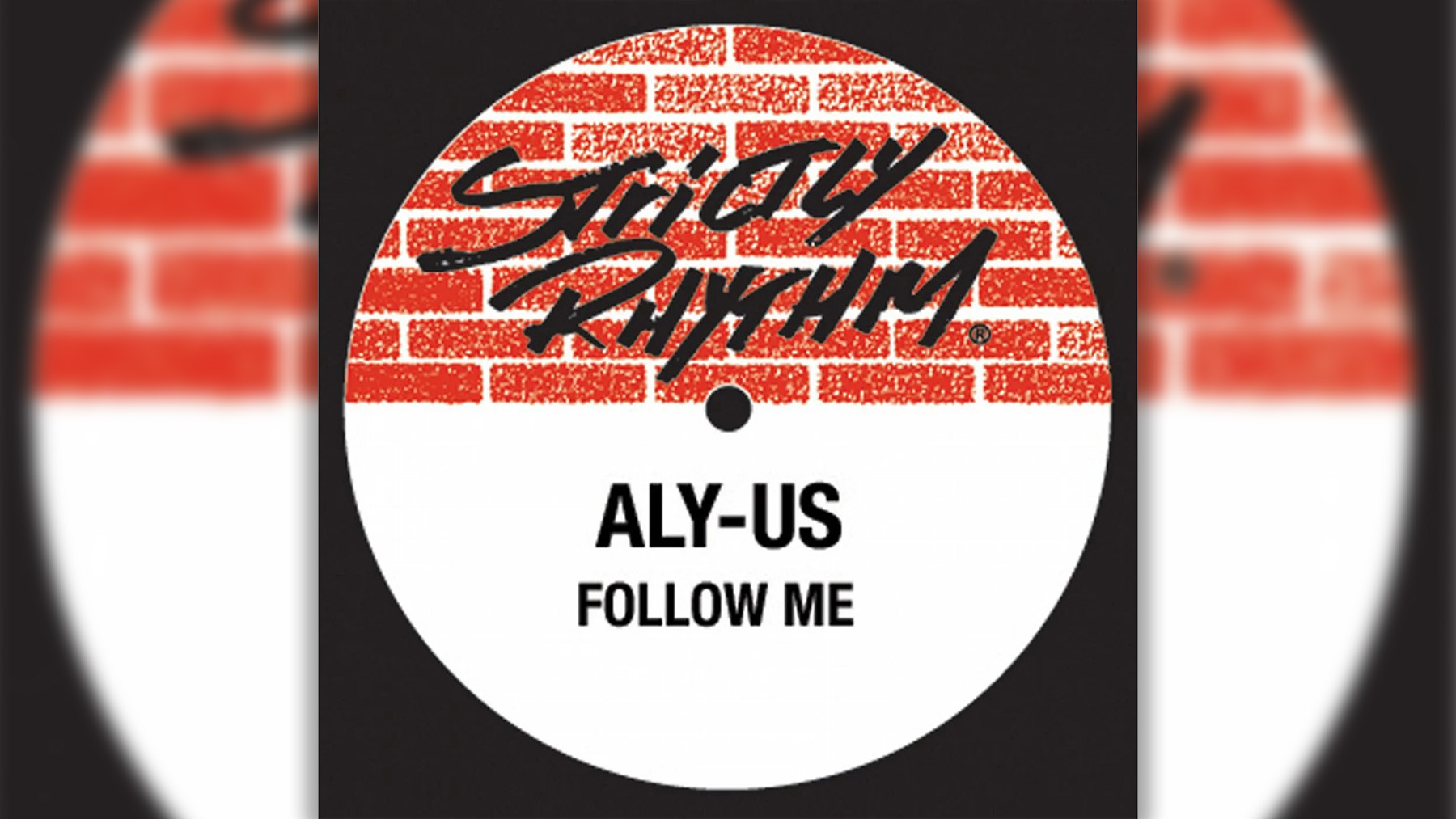 Aly-Us Follow Me album art Image Credit: Aly-Us official artwork
Aly-Us Follow Me album art Image Credit: Aly-Us official artwork
Early house music often had a raw, imperfect quality, which was part of its appeal. This is evident in Aly-Us’s uplifting anthem “Follow Me.” A gospel-infused track (“We must stop fighting/To achieve the peace”) from a New Jersey vocal trio, it was recorded in a basement on a four-track recorder. Its lo-fi aesthetic and occasional vocal imperfections enhance its sense of urgency and sincerity.
George McCrae, ‘Rock Your Baby’ (1974)
In the summer of 1974, “Rock the Boat” by Hues Corporation and George McCrae’s “Rock Your Baby” became the first disco songs to reach Number One on the Billboard Hot 100 after initially gaining popularity in clubs. The smooth instrumental track for “Rock Your Baby” was created by Henry Wayne Casey, Richard Finch, and Jerome Smith. McCrae, who was at TK Records, was given the song, as he joked, “to get me out of their hair.” Following the song’s success, Casey, Finch, and Smith formed the core of KC and the Sunshine Band.
El General, ‘Perezosa’ (1995)
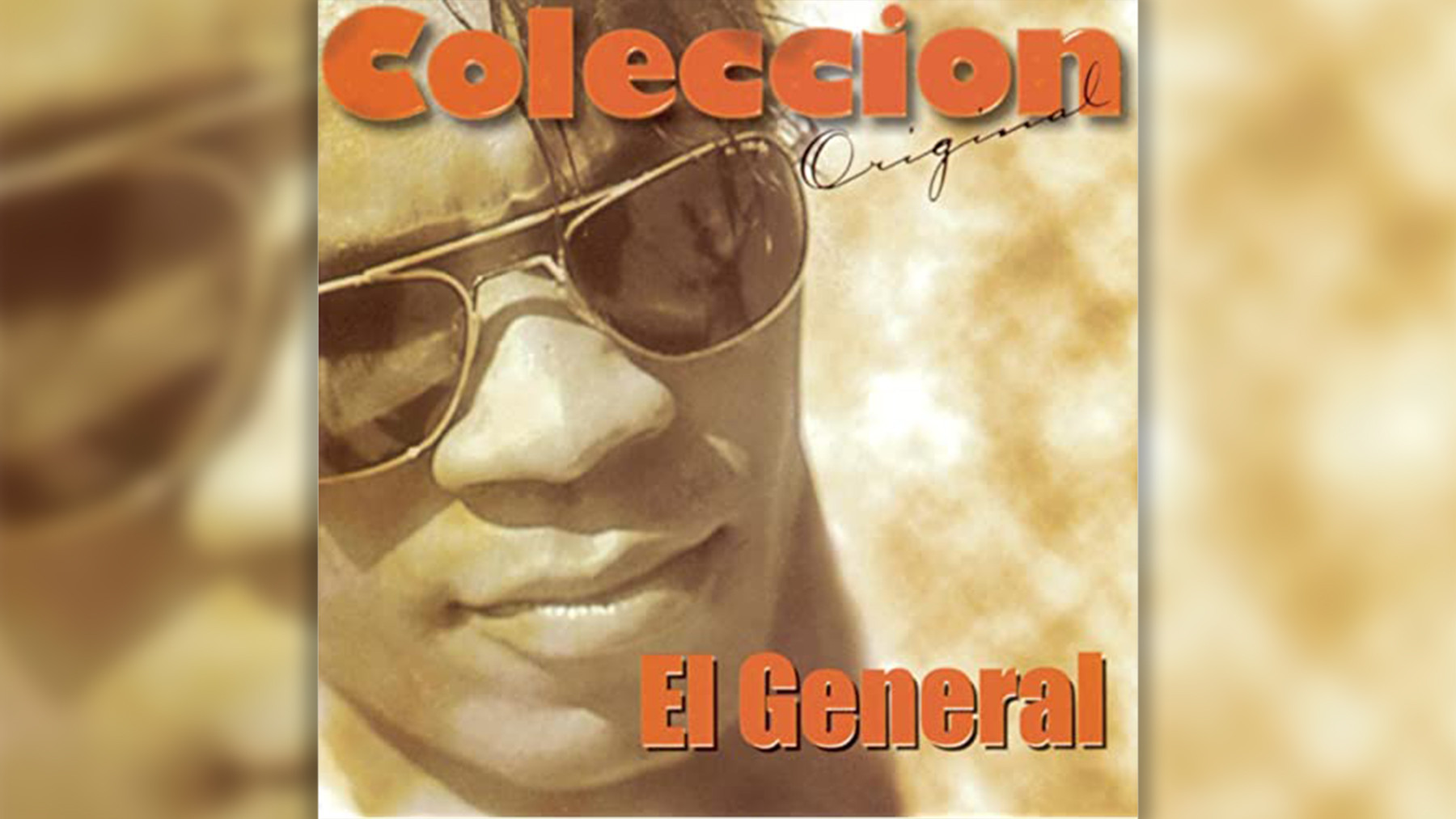 El General performing live Image Credit: El General promotional image
El General performing live Image Credit: El General promotional image
Panamanian pioneer El General established the blueprint for reggaeton with his international hits using reggae rhythms in the 1980s and 1990s. His experimental approach and broader influence on club music are often overlooked. “Perezosa,” from his album Club 555, is an example of his range. This powerful dance anthem, packed with high-voltage electronic sounds, captured the kinetic energy of Latin American parties.
Tom and Jerry, ‘Maximum Style’ (1994)
4Hero, comprised of Marc Mac and Dego MacFarlane, are drum and bass stalwarts, consistently creating influential music across the genre’s evolution. Tom and Jerry was one of their aliases, responsible for “Maximum Style,” released as jungle’s popularity surged in the UK. This smooth, gliding track, with its charming, needling guitar melody and cartoon sound effects, balanced playfulness with a serious groove.
LCD Soundsystem, ‘Losing My Edge’ (2002)
 LCD Soundsystem performing live in New York City, 2002 Image Credit: David Corio/Redferns
LCD Soundsystem performing live in New York City, 2002 Image Credit: David Corio/Redferns
James Murphy’s debut single for LCD Soundsystem is both a compelling dance track and a sharp comedic commentary. Its wry irony helped ignite New York’s dance-punk scene in the early 2000s. Murphy embodies an aging hipster grappling with fading relevance as a younger generation emerges. Referencing his early exposure to Can and Daft Punk, “Losing My Edge” is both hilarious and danceable, its feeling of FOMO resonating universally.
Shakira, ‘Ojos Asi (Thunder Mix)’ (1999)
Pablo Flores is considered a key architect of Latin pop. The Puerto Rican DJ worked extensively with Emilio Estefan’s associated acts, including Gloria Estefan and Ricky Martin. When introduced to Shakira, he and Javier Garza helped create “Ojos Asi.” This forward-thinking song blended Shakira’s Lebanese heritage with a global Latin sound. Flores’ extended “Thunder Mix” amplified these elements, creating a track that resonated on dance floors worldwide with its masterful production.
Squarepusher, ‘My Red Hot Car’ (2001)
 Squarepusher performing live in Nottingham, 2013 Image Credit: Ollie Millington/Redferns via Getty Images
Squarepusher performing live in Nottingham, 2013 Image Credit: Ollie Millington/Redferns via Getty Images
As Squarepusher, Tom Jenkinson twisted drum and bass into complex, technically demanding soundscapes in the mid-1990s, often making it less danceable and more cerebral. He later aimed for spontaneity and a more playful approach. “My Red Hot Car,” with its cut-up vocals and glitchy production, is not purely abstract. Its sonic trickery is balanced with moments of space, outlining a compelling groove driven by Jenkinson’s playful bassline, appealing to adventurous DJs.
Moloko, ‘Sing It Back (Boris Musical Mix)’ (1997)
Moloko’s 1998 single “Sing It Back,” featuring Róisín Murphy’s distinctive vocals described by Mark Brydon as “Peggy Lee on mescaline,” was initially a moody, downtempo track that didn’t achieve commercial success. However, Boris Dlugosch’s remix transformed it into a crisp house track, modeled after Chic, with a captivating rhythm guitar and playful bassline. This remix reached the UK Top Five and launched Murphy’s successful and dance-oriented solo career.
The Human League, ‘Don’t You Want Me’ (1981)
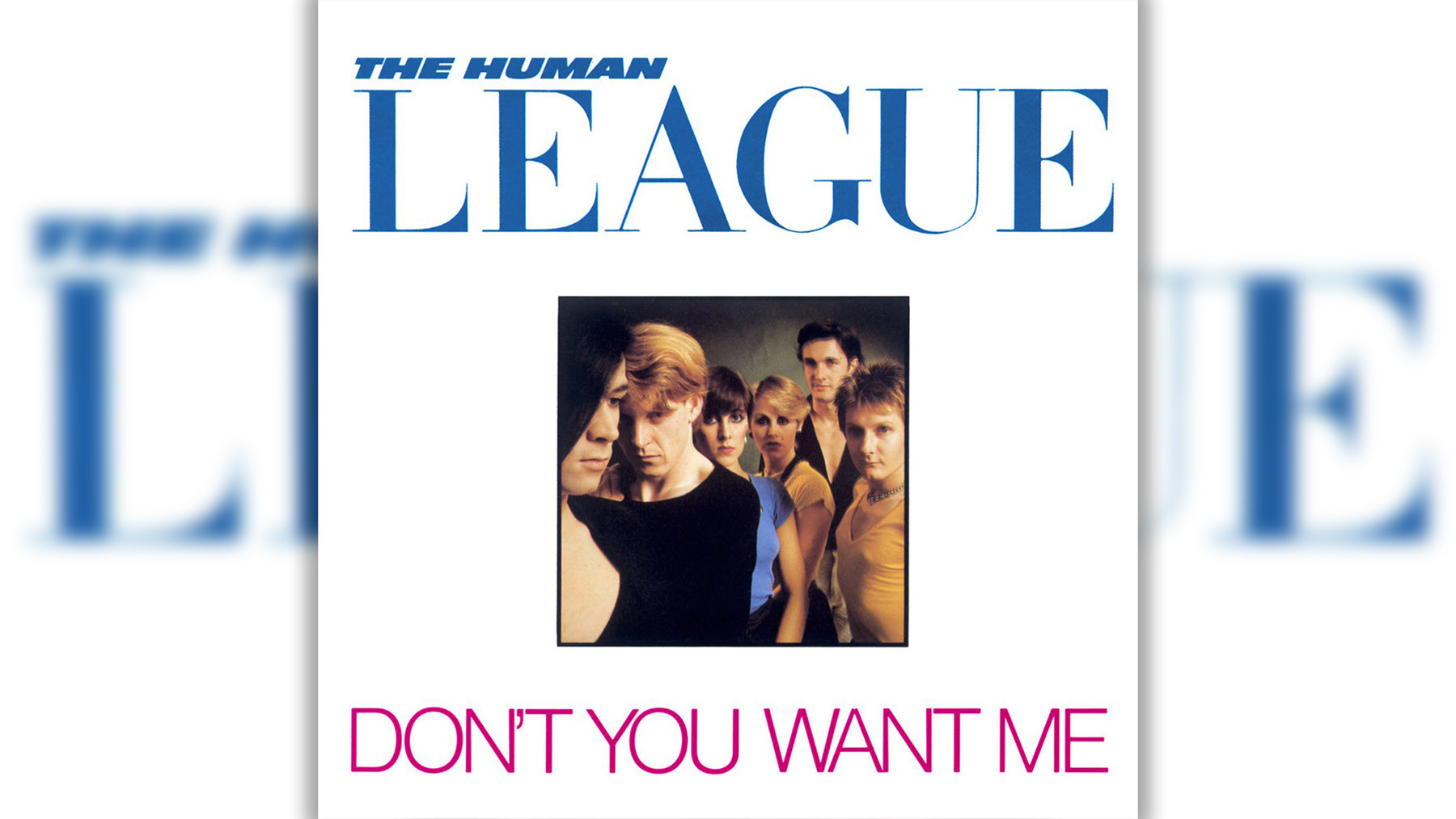 The Human League performing live, Don't You Want Me music video still Image Credit: The Human League official music video
The Human League performing live, Don't You Want Me music video still Image Credit: The Human League official music video
Human League keyboardist Jo Callis described the lyrical concept of “Don’t You Want Me,” co-written with Phil Oakey, as inspired by A Star Is Born and My Fair Lady: a story of a star-maker who transforms an ordinary person into a superstar who then surpasses him. Despite initial doubts within the group, the song’s he-said-she-said structure and catchy riff proved highly appealing. “Don’t You Want Me” became the group’s first Number One hit in both the UK and US and a Top Three hit on the Billboard Dance Club chart, marking a pivotal moment in the convergence of UK synth-pop, club music, and mainstream pop.
